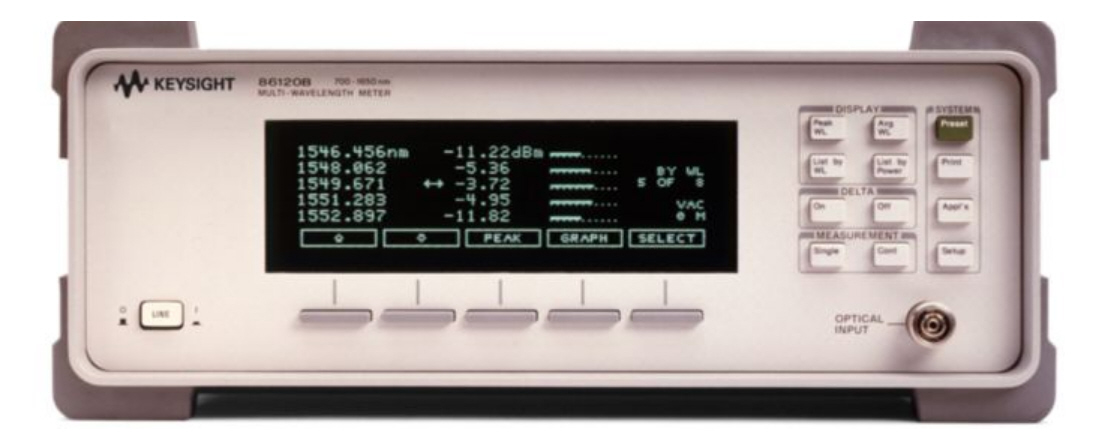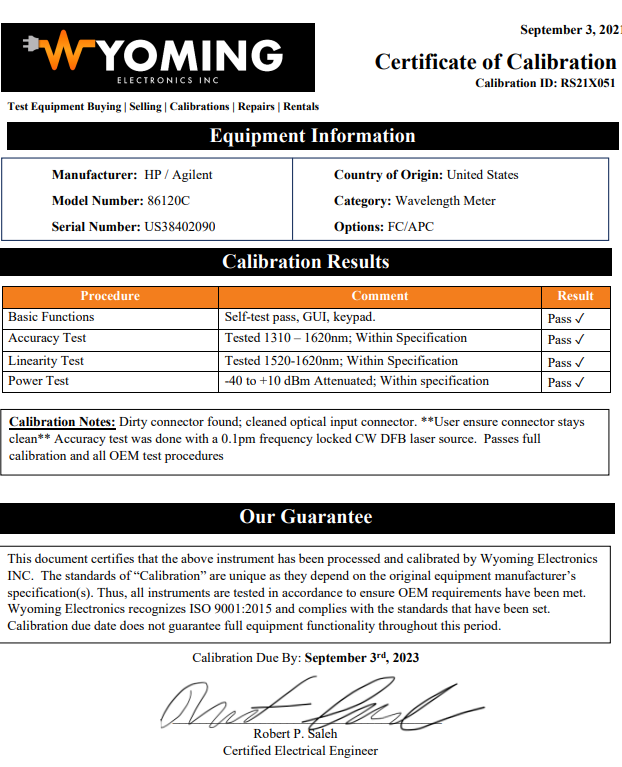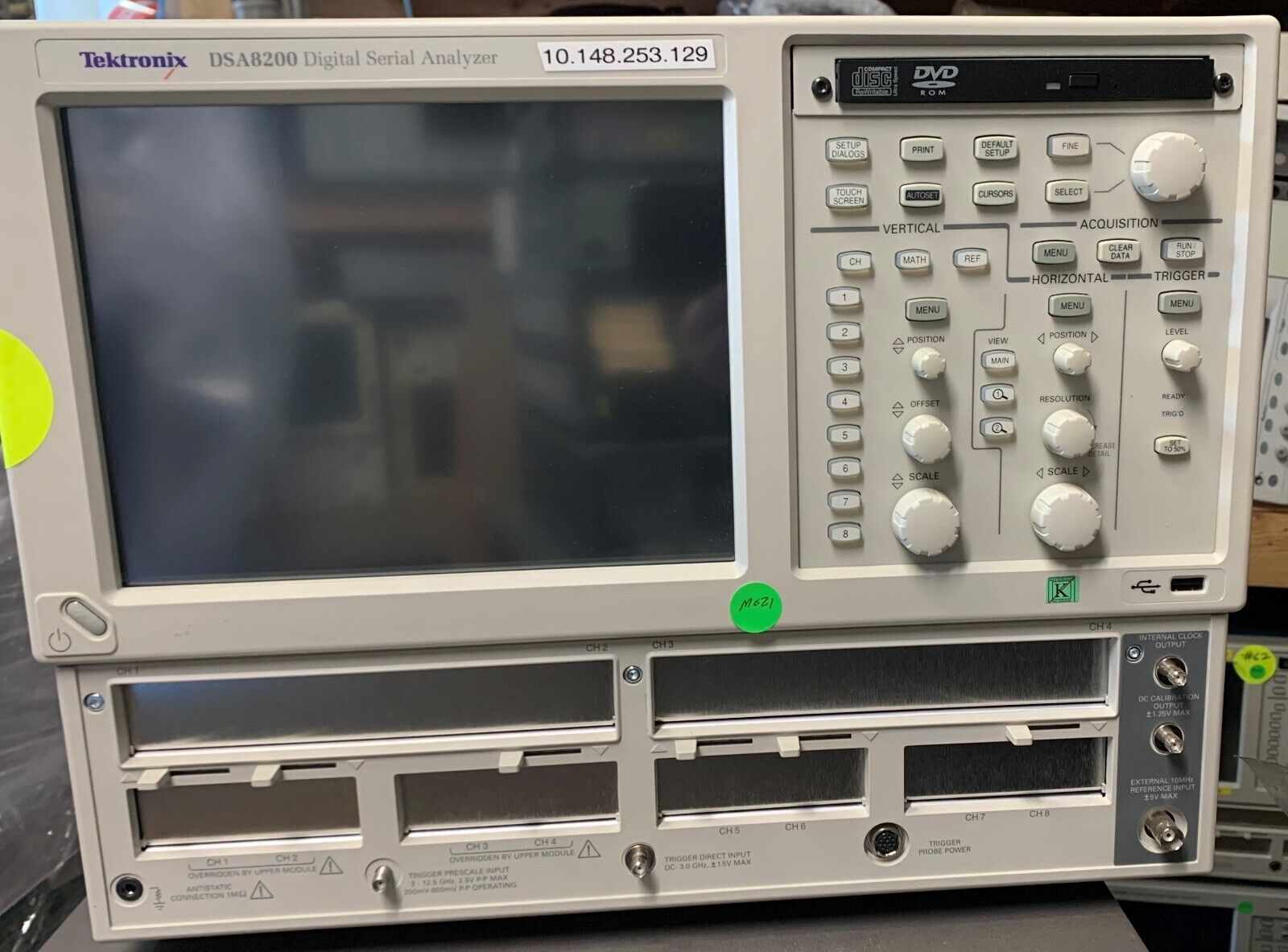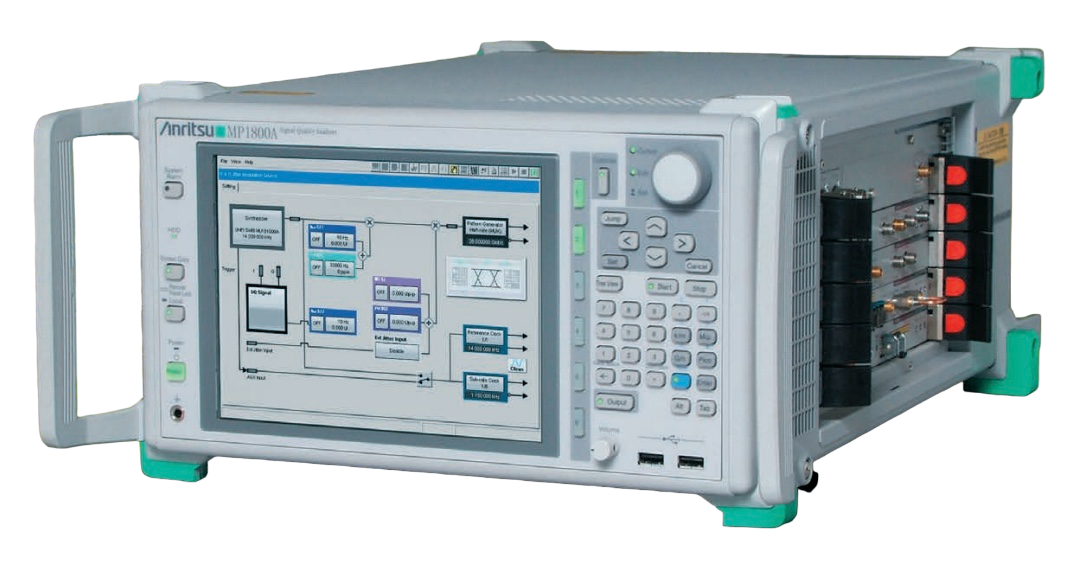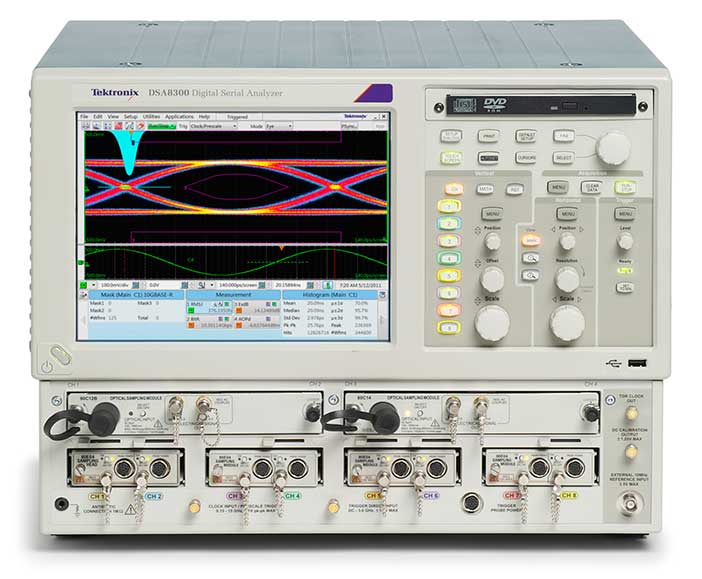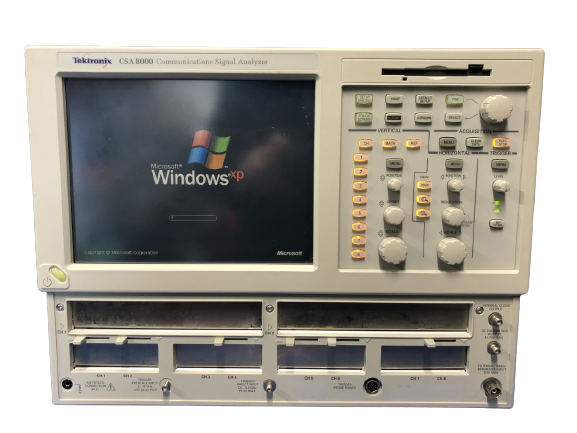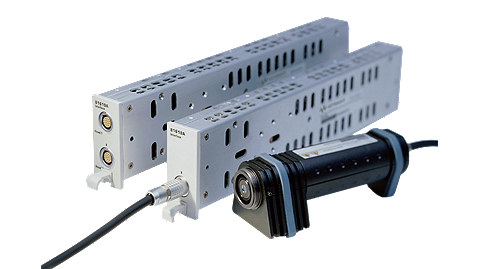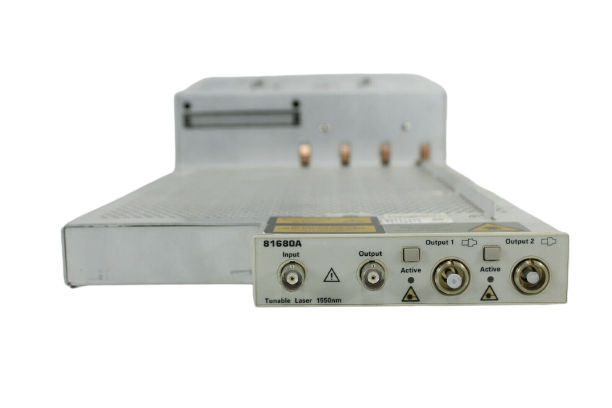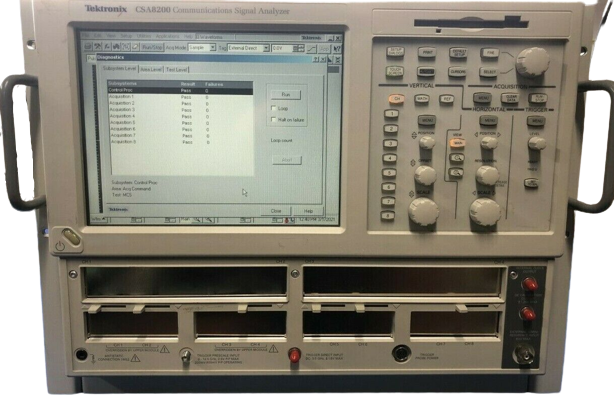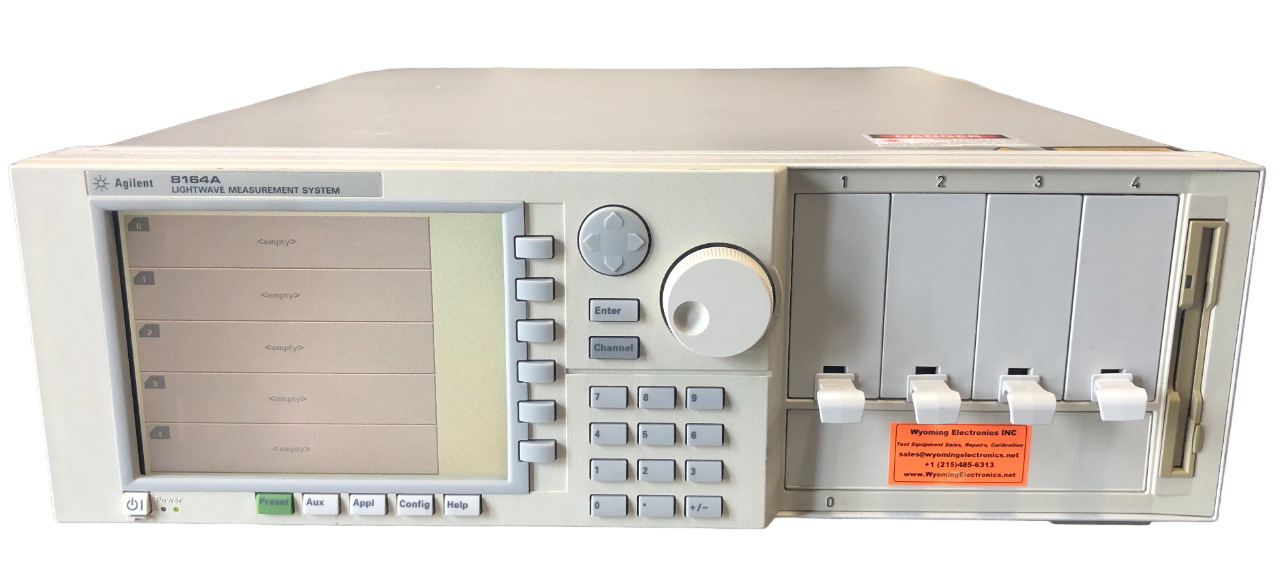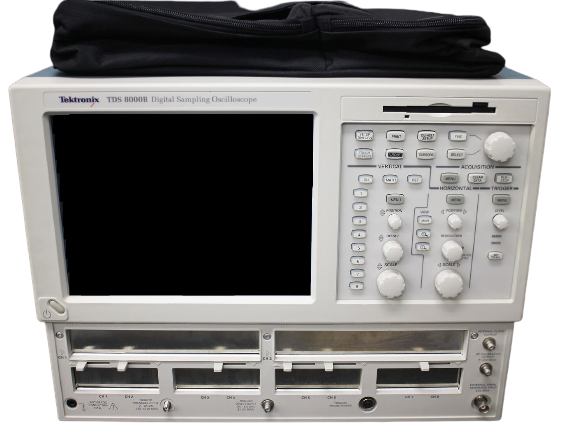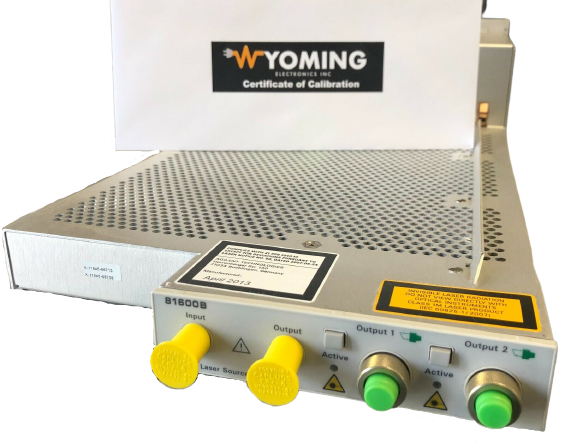Expert Technicians
Original Parts
Fast Turn-Arounds
Maintenance Plans
Comprehensive Repair and Maintenance Services for the Agilent / HP 86120C Optical Wavelength Meter at Wyoming Electronics Inc.
At Wyoming Electronics Inc., we specialize in delivering top-tier repair, maintenance, and calibration services for the Agilent / HP 86120C Optical Wavelength Meter. Utilizing only genuine Agilent / HP replacement parts and the latest technological tools, our highly skilled technicians ensure your precision instrument performs optimally, adhering to stringent industry standards.
Expert Solutions for Common and Complex Issues
The Agilent / HP 86120C is renowned for its accuracy and reliability in measuring wavelengths. However, several issues can compromise its performance. Our comprehensive service offerings are designed to address and resolve a wide range of problems:
1. Inaccurate Readings: Fluctuations or instabilities in the optical signal can lead to inaccurate measurements. Our technicians employ advanced diagnostic tools to analyze and stabilize the optical signal, ensuring your readings are precise and reliable.
2. Calibration Out of Tolerance: Calibration drift is common with continual use over time. We conduct detailed recalibration procedures, adjusting the wavelength meter to factory settings to guarantee measurement accuracy.
3. Temperature Drift: Sensitivity to temperature changes can affect the instrument’s performance. We assess and calibrate the temperature compensation mechanisms within your device, ensuring consistent performance across varying environmental conditions.
4. Signal Detector Issues: Problems such as noise or physical damage to the detector can significantly impair the meter’s accuracy. Our team is equipped to repair or replace faulty detectors, restoring functionality and measurement precision.
5. Compatibility Issues: Compatibility with various types of optical signals or devices is crucial for seamless operation. We evaluate and modify system configurations to enhance compatibility, ensuring your wavelength meter works effectively with all relevant technologies.
6. Instrument Failure: Complete failures may occur due to issues like a malfunctioning control board, a failing power supply, or other critical components. We provide thorough inspections and repairs, replacing defective parts to revive your instrument.
Calibration and Testing Services
To ensure that the Agilent / HP 86120C meets all operational specifications after repair and maintenance, we perform extensive calibration and testing. This includes:
- Wavelength Accuracy and Stability Testing: Utilizing certified light sources to verify the accuracy of wavelength measurements.
- Signal Integrity Checks: Ensuring the optical signal is captured and interpreted correctly by the wavelength meter.
- Environmental Robustness Testing: Assessing how the device performs under different environmental conditions to ensure reliability.
- Interface and Connectivity Tests: Verifying that all communication ports (GPIB, RS-232) are functioning correctly for data transfer and operation.
Why Choose Wyoming Electronics Inc.?
- Expertise: Our team has extensive experience and specialized training in handling and repairing the Agilent / HP 86120C, ensuring that all services are performed expertly.
- Quality: We use only OEM parts and follow rigorous procedures to ensure each repair or calibration meets high-quality standards.
- Reliability: We understand the importance of dependable equipment in your operations, so we strive to deliver fault-free repairs and maintenance that you can trust.
- Customer Satisfaction: Our detailed and customer-focused approach ensures that every repair or maintenance job is completed to your full satisfaction.
Steps to getting your 86120C fixed:
1) Fill our RMA form here, and ship us your defective 86120C
2) We will perform free evaluation and quote you with lead time
3) You will accept or decline the repair
4) We will repair and or return your 86120C
At Wyoming Electronics Inc., addressing the specific issues related to the Agilent / HP 86120C Optical Wavelength Meter involves a detailed and systematic approach to ensure that every aspect of the device meets or exceeds its design specifications. Here is how we address and rectify issues related to each of the specified metrics:
1. Range and Uncertainty
- Range: 1270 nm to 1680 nm (178 THz to 236 THz)
- Uncertainty: (3?) (pm) ± 0.3
Resolution Approach: To ensure the wavelength meter operates accurately within this range, our technicians calibrate the device using precision light sources that cover the entire wavelength spectrum. The calibration process includes adjusting the internal wavelength scale and verifying it against known standards to achieve the low uncertainty of ± 0.3 pm. This requires careful adjustment of the device’s optical components, including the monochromator and detector alignment, to ensure precise measurements.
2. Minimum Resolvable Separation
- Separation: 30 pm
Resolution Approach: Achieving a minimum resolvable separation of 30 pm necessitates fine-tuning the optical resolution capabilities of the wavelength meter. This involves calibrating the spectral resolution by adjusting the slit widths and potentially the focal lengths within the optical system. We use a series of narrowly spaced laser lines to ensure that the device can accurately resolve features at or below the 30 pm threshold.
3. Optical Power Uncertainty and Linearity
- Uncertainty (2?): ± 0.5 dB (at ± 30 nm from 1310 nm and 1550 nm)
- Linearity (dB): ± 0.3
Resolution Approach: Optical power measurement and its linearity are crucial for accurate device performance. To address this, we calibrate the power detection system using calibrated power meters and attenuators to adjust the device’s response to a known input. The linearity is tested across the dynamic range to ensure that the device maintains a linearity error within ±0.3 dB, adjusting internal electronic settings and algorithms as necessary.
4. Optical Input and Power Supply Specifications
- Optical Input: 9/125 µm fiber
- Voltage and Frequency: 90 to 260 VAC, 50/60 Hz
Resolution Approach: Ensuring that the optical input is clean and correctly aligned is fundamental. We inspect and clean all fiber connectors and interfaces, and align them meticulously to prevent loss or misalignment issues. The power supply unit is tested under various input voltages to confirm stable operation across the specified range. This ensures the device can reliably operate in different power conditions without affecting performance.
5. Instrument Interface
- Interface: GPIB (IEEE-488.2), RS-232, floppy disk drive
Resolution Approach: To ensure the interfaces function correctly, we perform comprehensive tests on each communication protocol. This includes verifying the GPIB and RS-232 ports for correct data transmission and command responses and checking the floppy disk drive for operational integrity. Any issues found are addressed by repairing or replacing faulty components or updating firmware to ensure compatibility and functionality.
86120C Specifications
- Range: 1270 nm to 1680 nm (178 THz to 236 THz)
- Uncertainty: (3?) (pm) ± 0.3
- Minimum resolvable separation(pm): 30
- Uncertainty (2?): ± 0.5 dB (at ± 30 nm from 1310 nm and 1550 nm)
- Linearity (dB): ± 0.3
- Optical input: 9/125 µm fiber
- Voltage and frequency: 90 to 260 VAC, 50/60 Hz
- Instrument interface: GPIB (IEEE-488.2), RS-232, floppy disk drive
Calibration Certificate included!
Get a Quote for Service
Call : 215-485-6313
sales@wyomingelectronics.net
Additional information
| Brand | |
|---|---|
| MPN | |
| Wavelength Range | |
| Absolute WL Accuracy |
Can’t find what you are looking for?

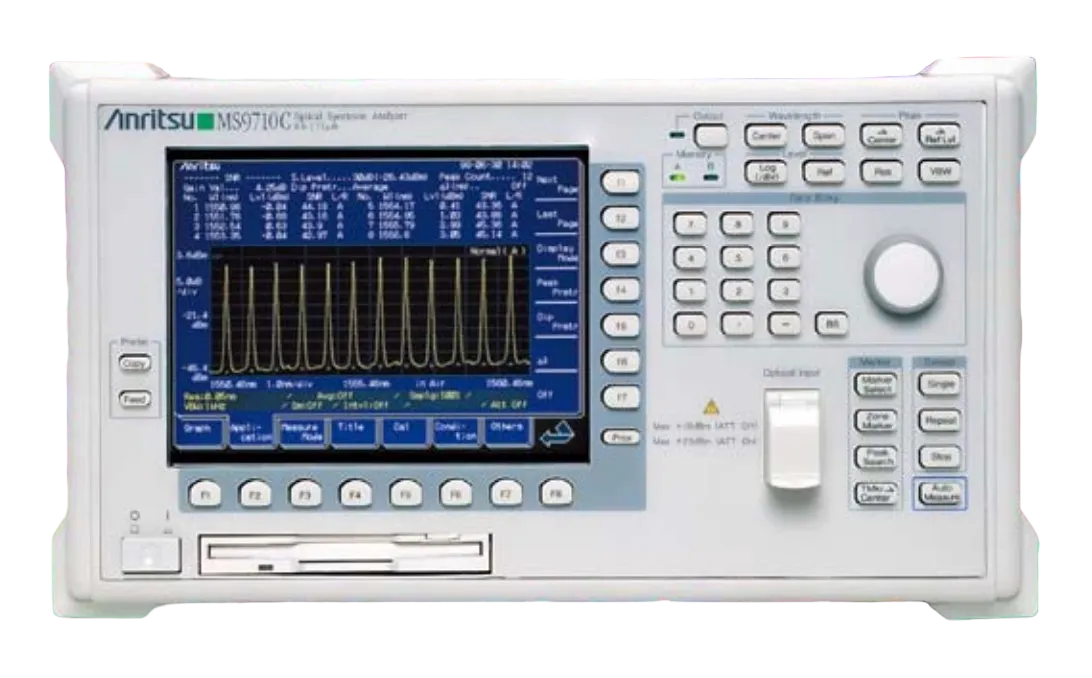 Spectrum Analyzers
Spectrum Analyzers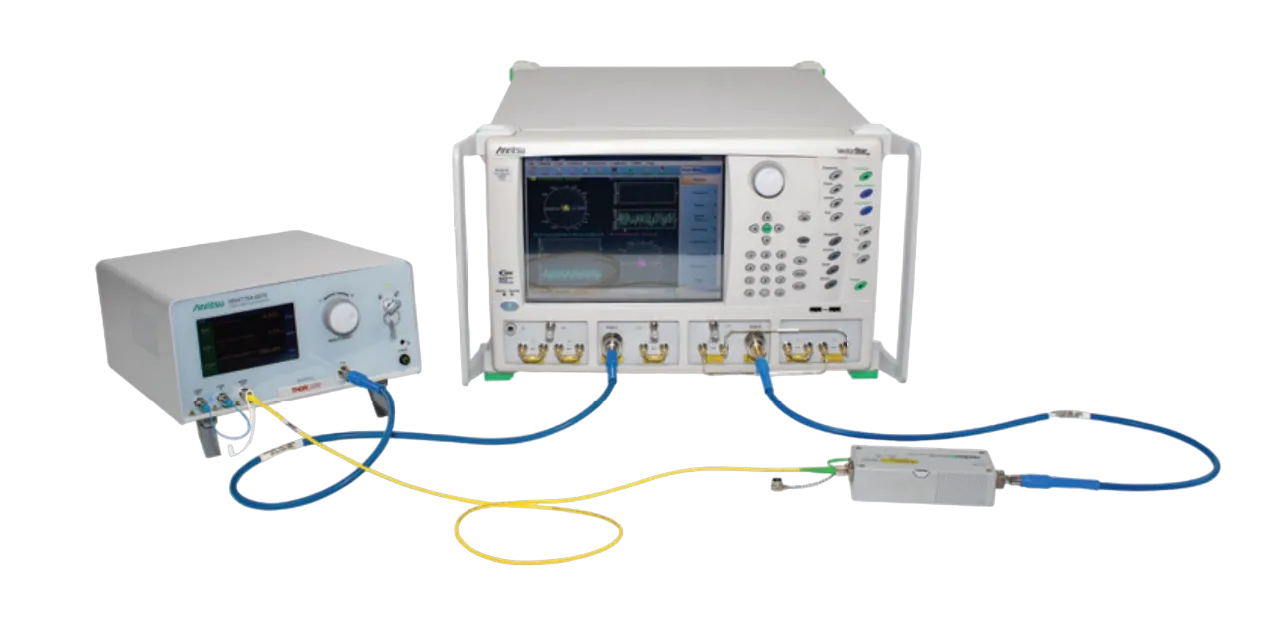 Network Analyzers
Network Analyzers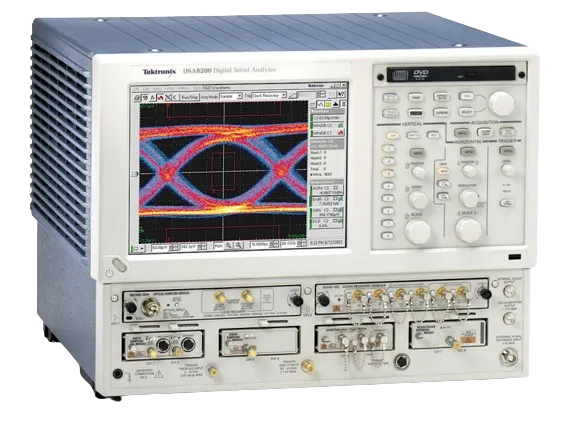 Signal Analyzers
Signal Analyzers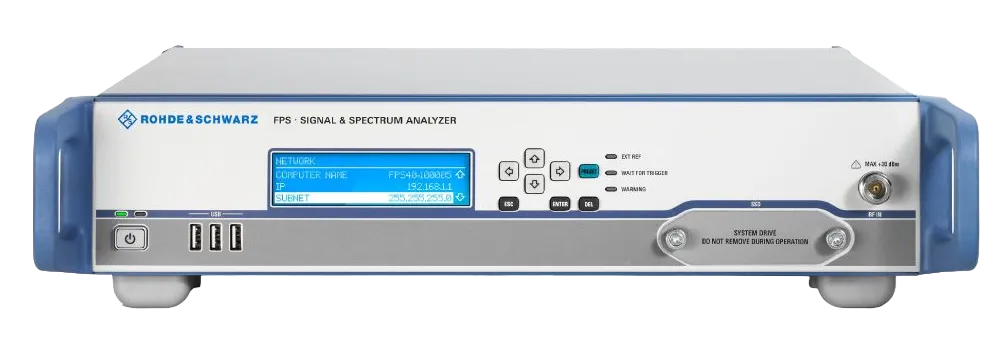 Logic Analyzers
Logic Analyzers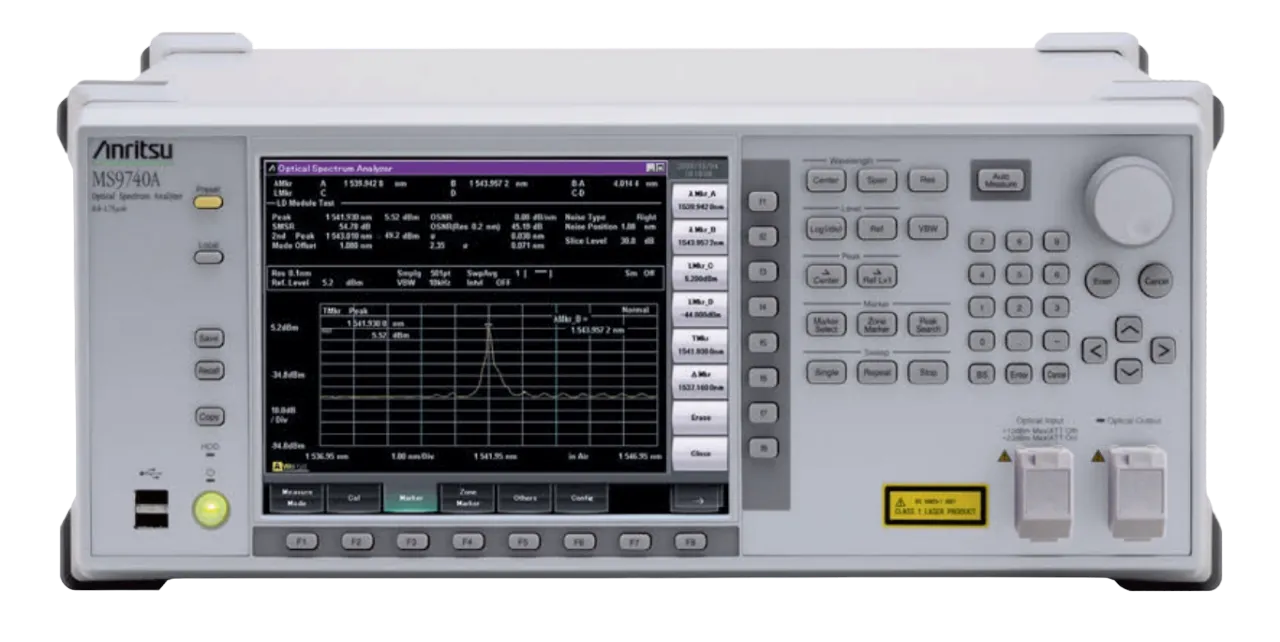 Optical Spectrum Analyzers
Optical Spectrum Analyzers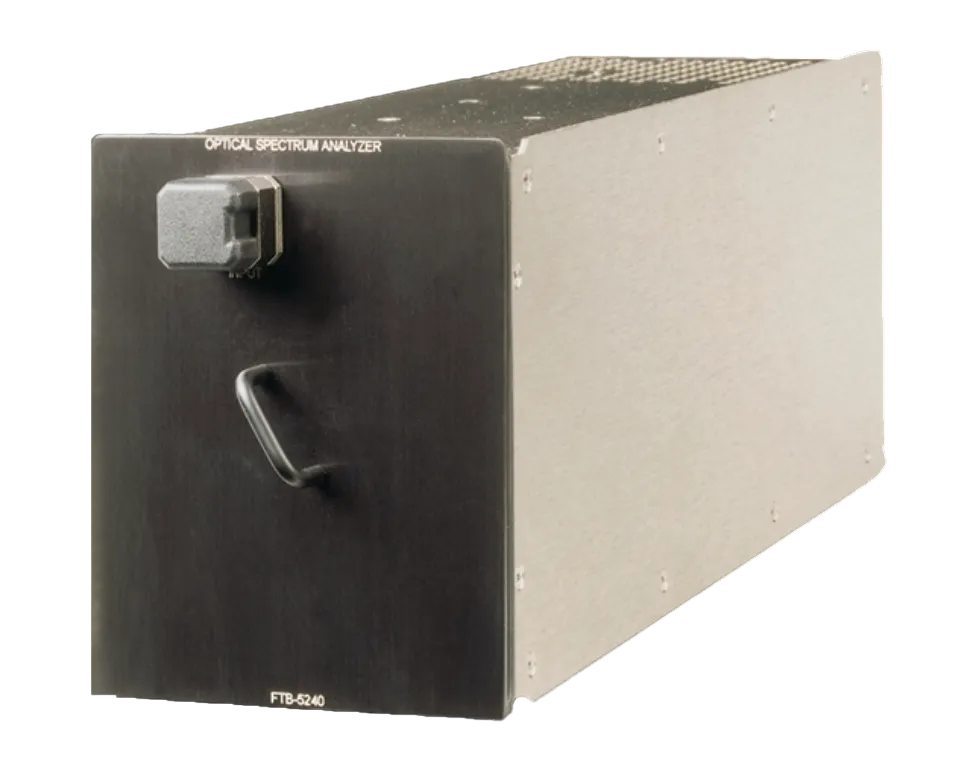 Other Analyzers
Other Analyzers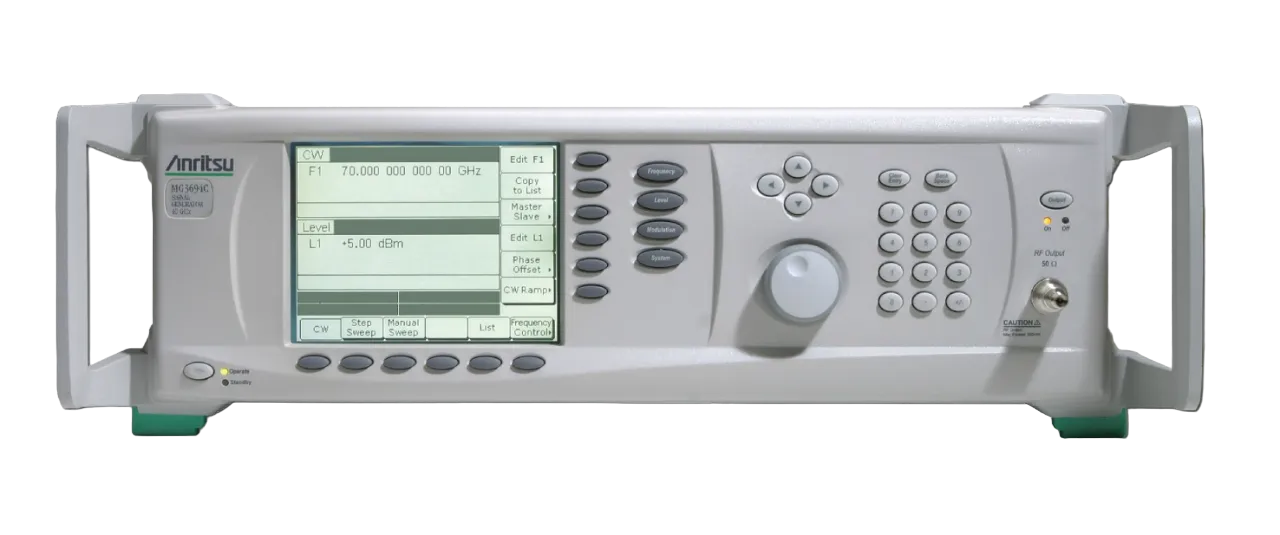 Signal Generator
Signal Generator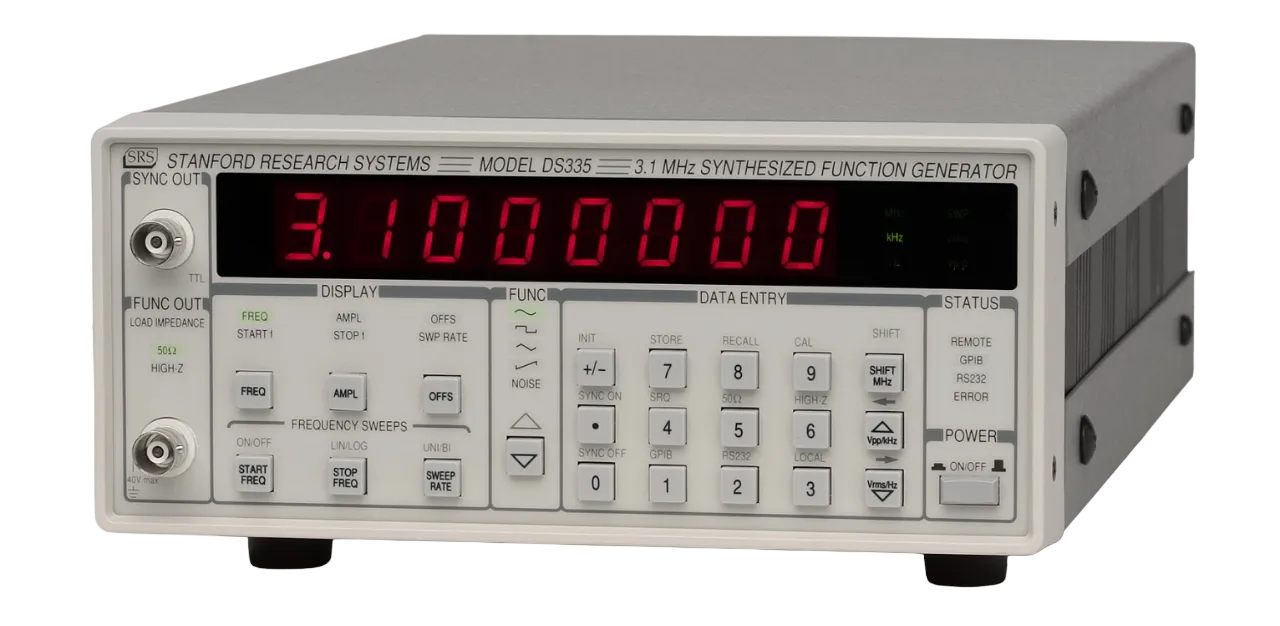 Function Generator
Function Generator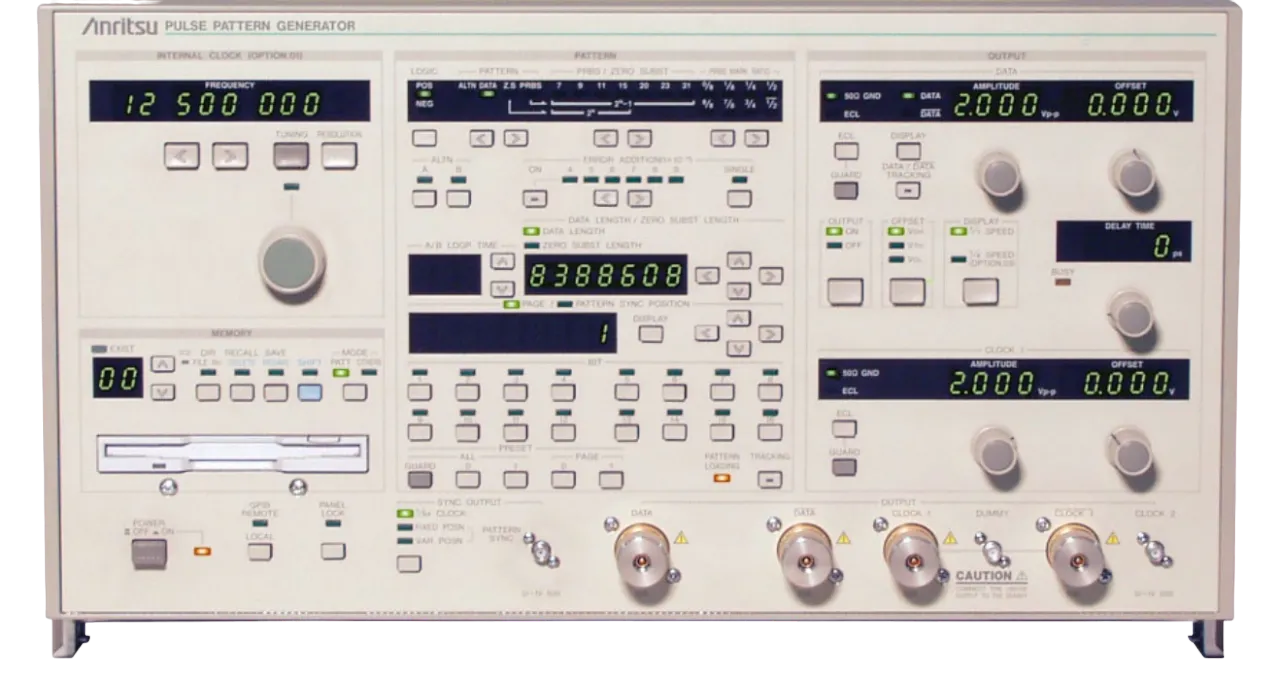 Pulse / Pattern Generator
Pulse / Pattern Generator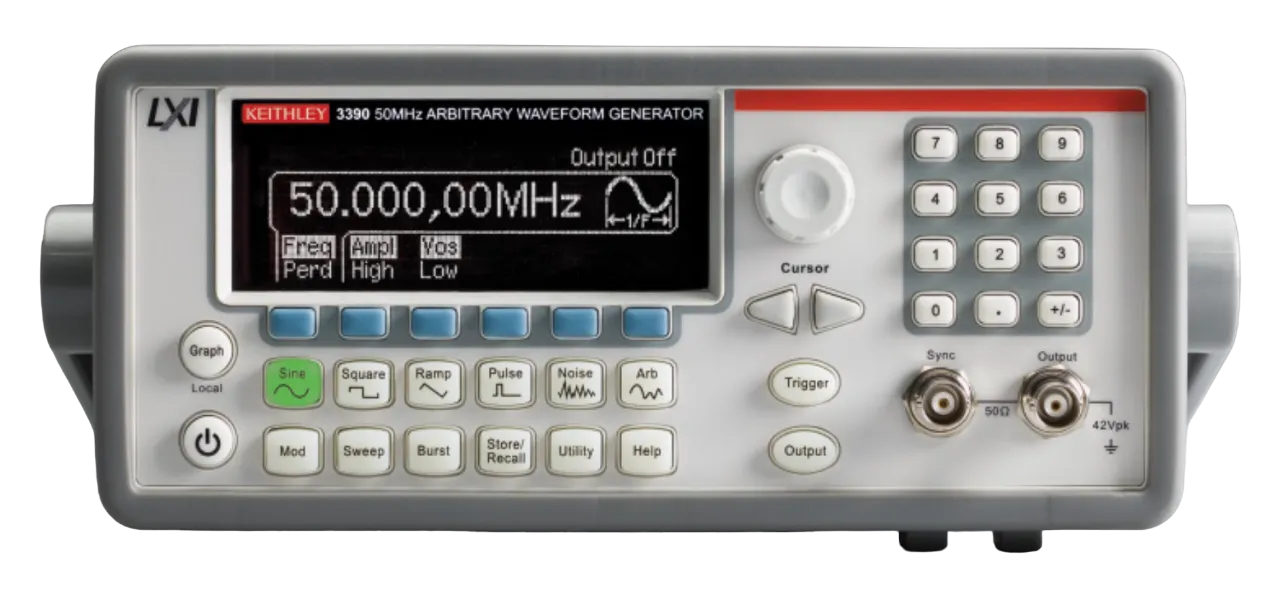 Waveform Generator
Waveform Generator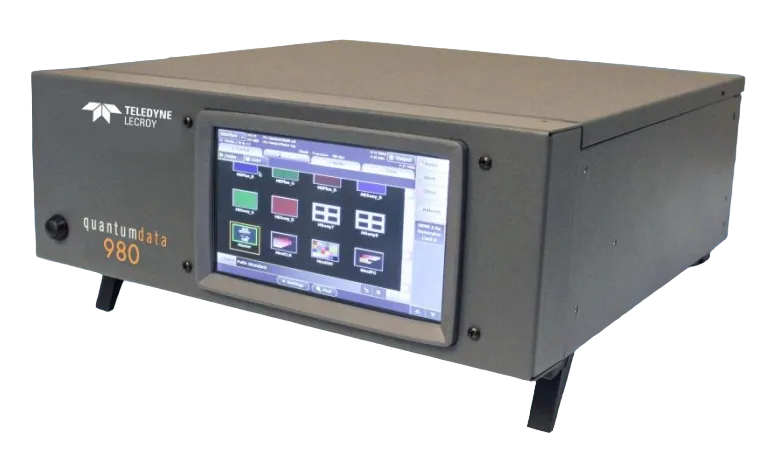 Other Generators
Other Generators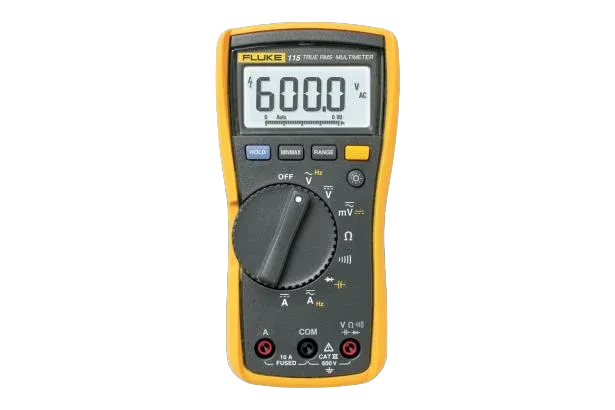 Digital Multimeter
Digital Multimeter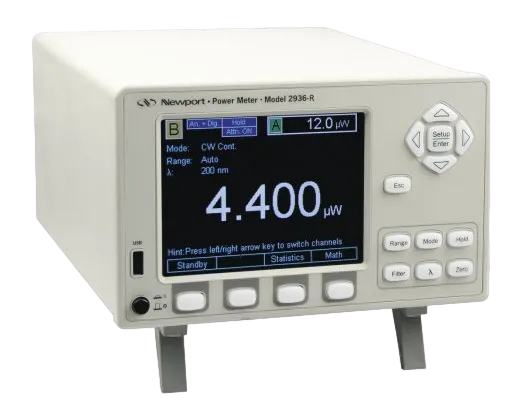 Power Meter
Power Meter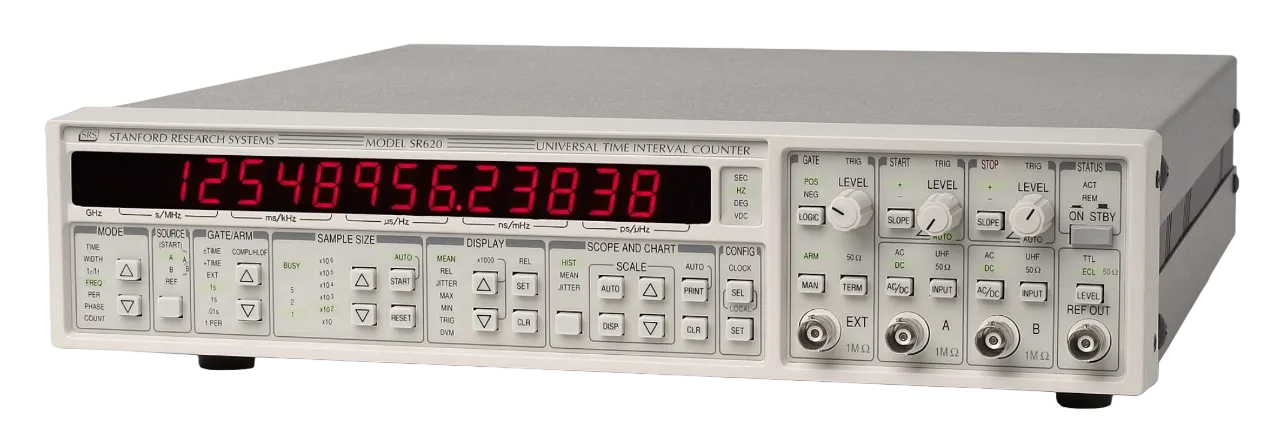 Frequency Counters
Frequency Counters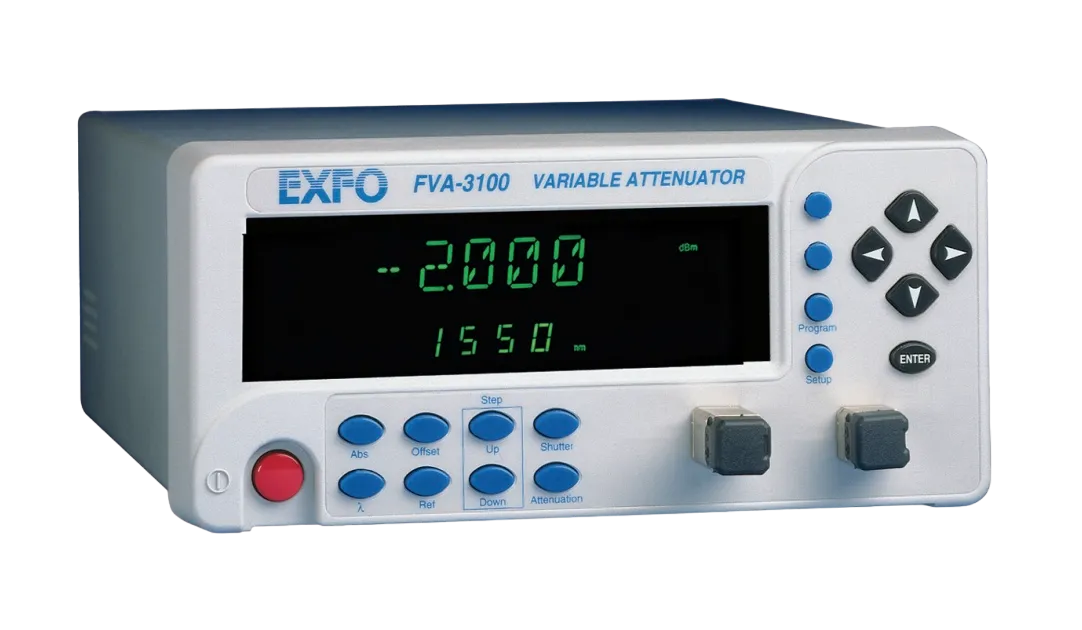 Optical Power Meter
Optical Power Meter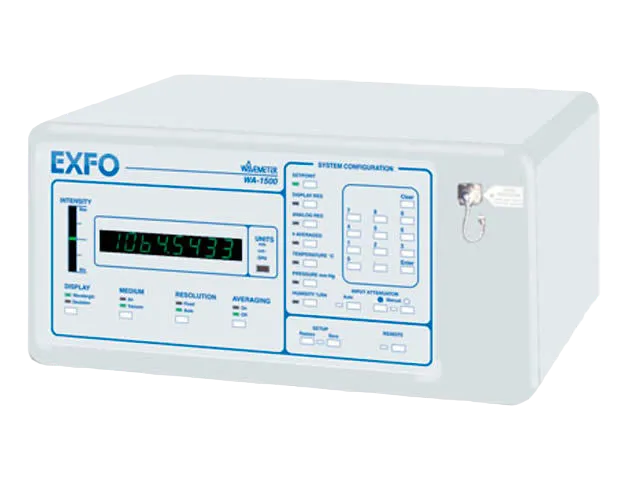 Wavelength Meter
Wavelength Meter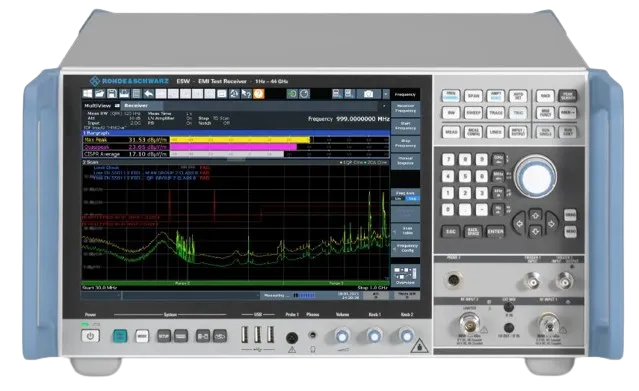 Receiver
Receiver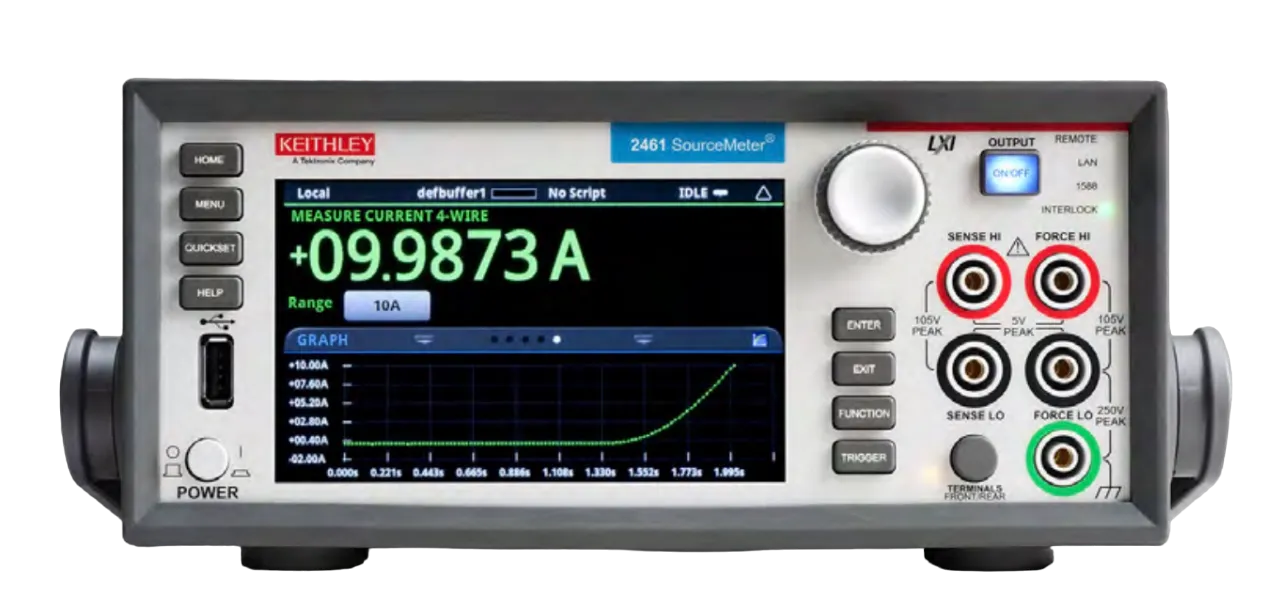 Current/Power Source Meter
Current/Power Source Meter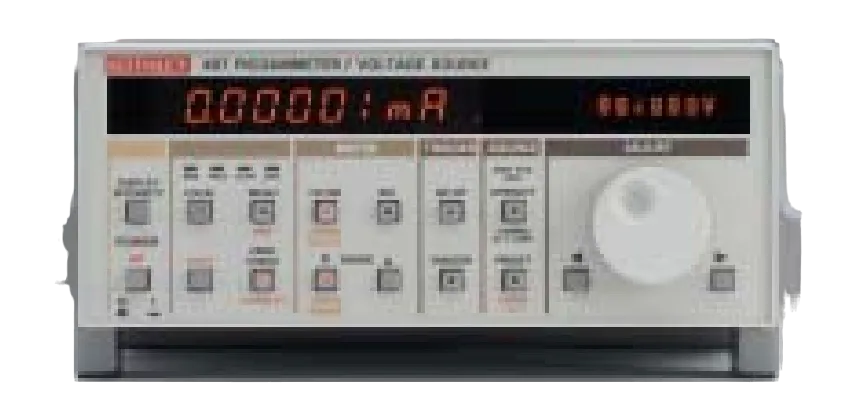 Picoammeter
Picoammeter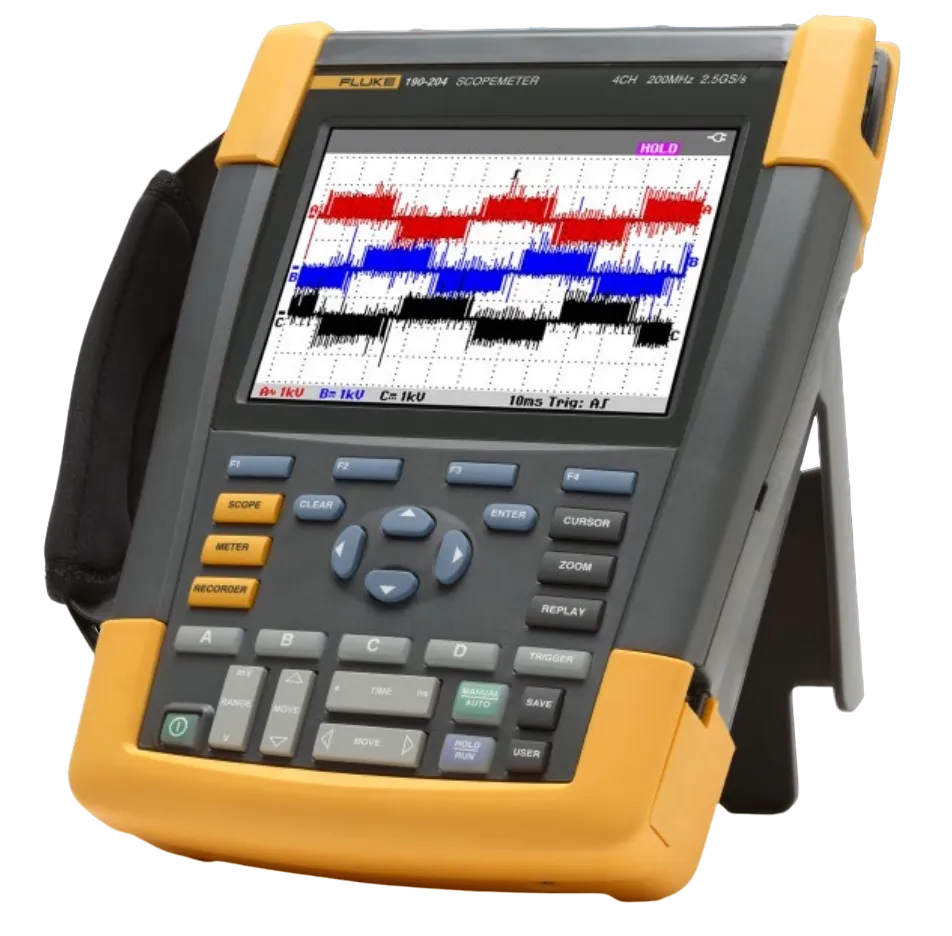 Other Meters
Other Meters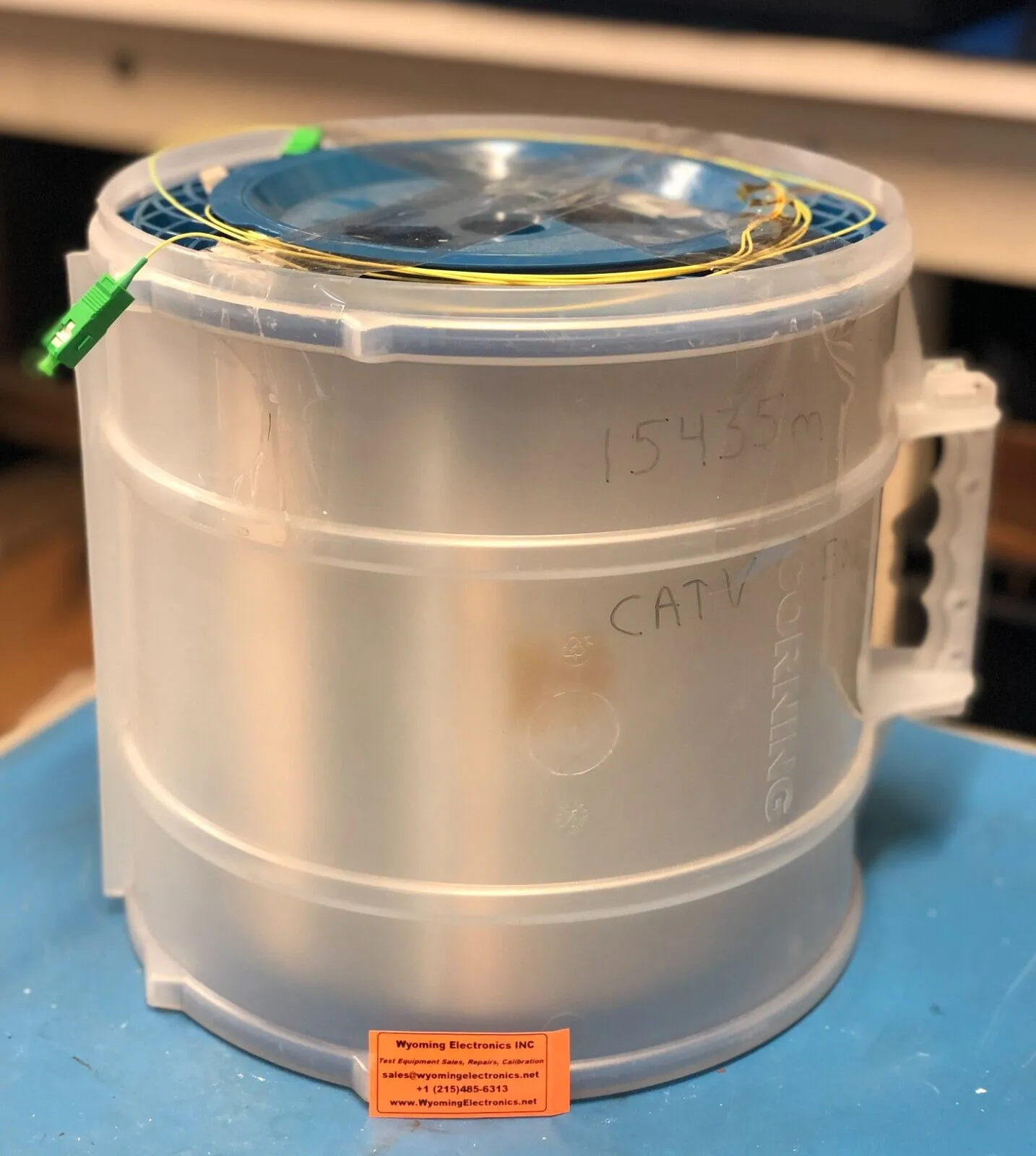 Optical Fiber
Optical Fiber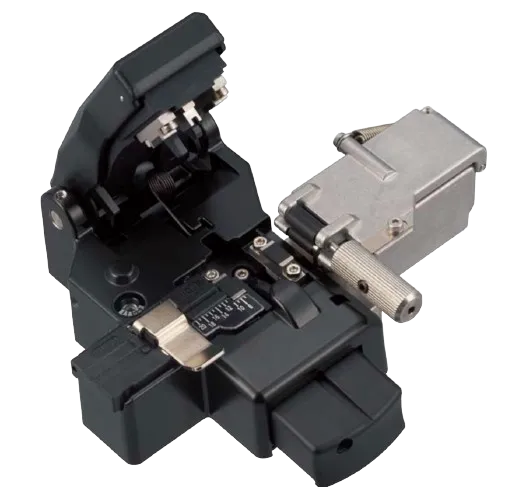 Fiber Cleaver
Fiber Cleaver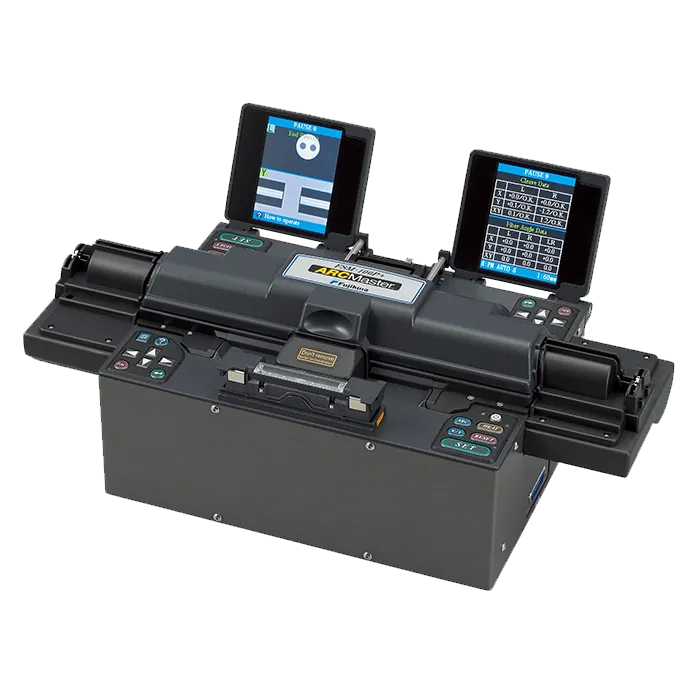 Fusion Splicer
Fusion Splicer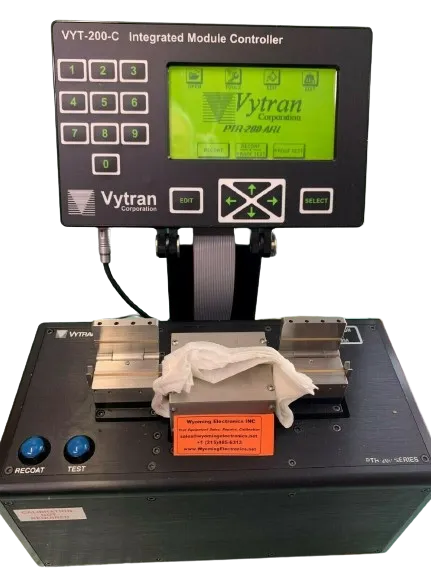 Fiber Recoater
Fiber Recoater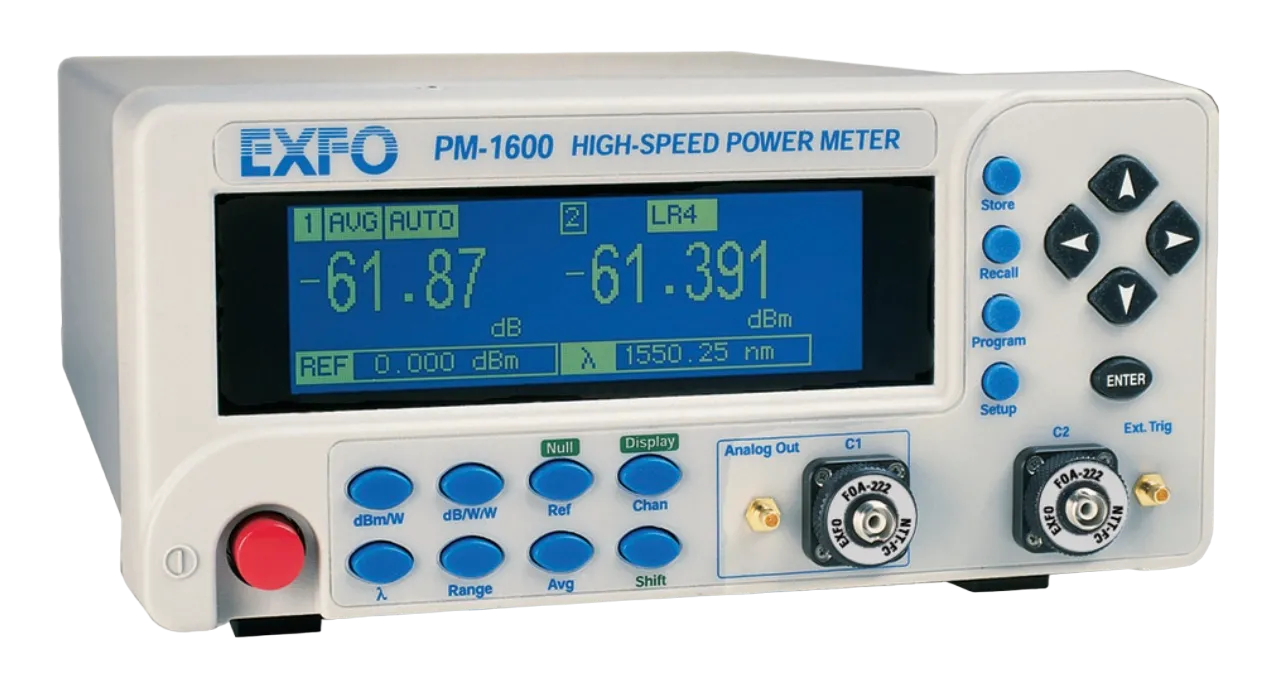 Optical Attenuator
Optical Attenuator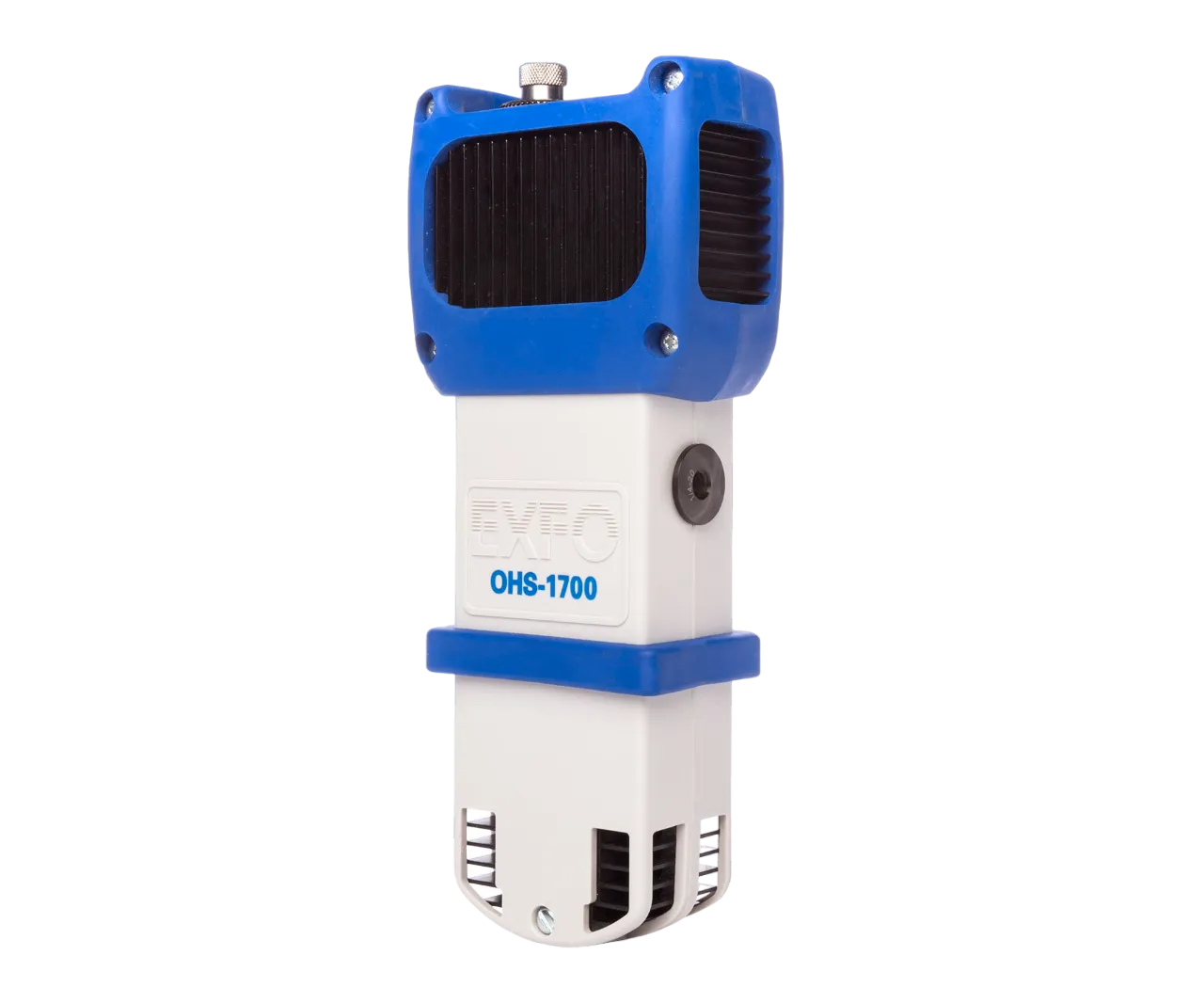 Optical Head
Optical Head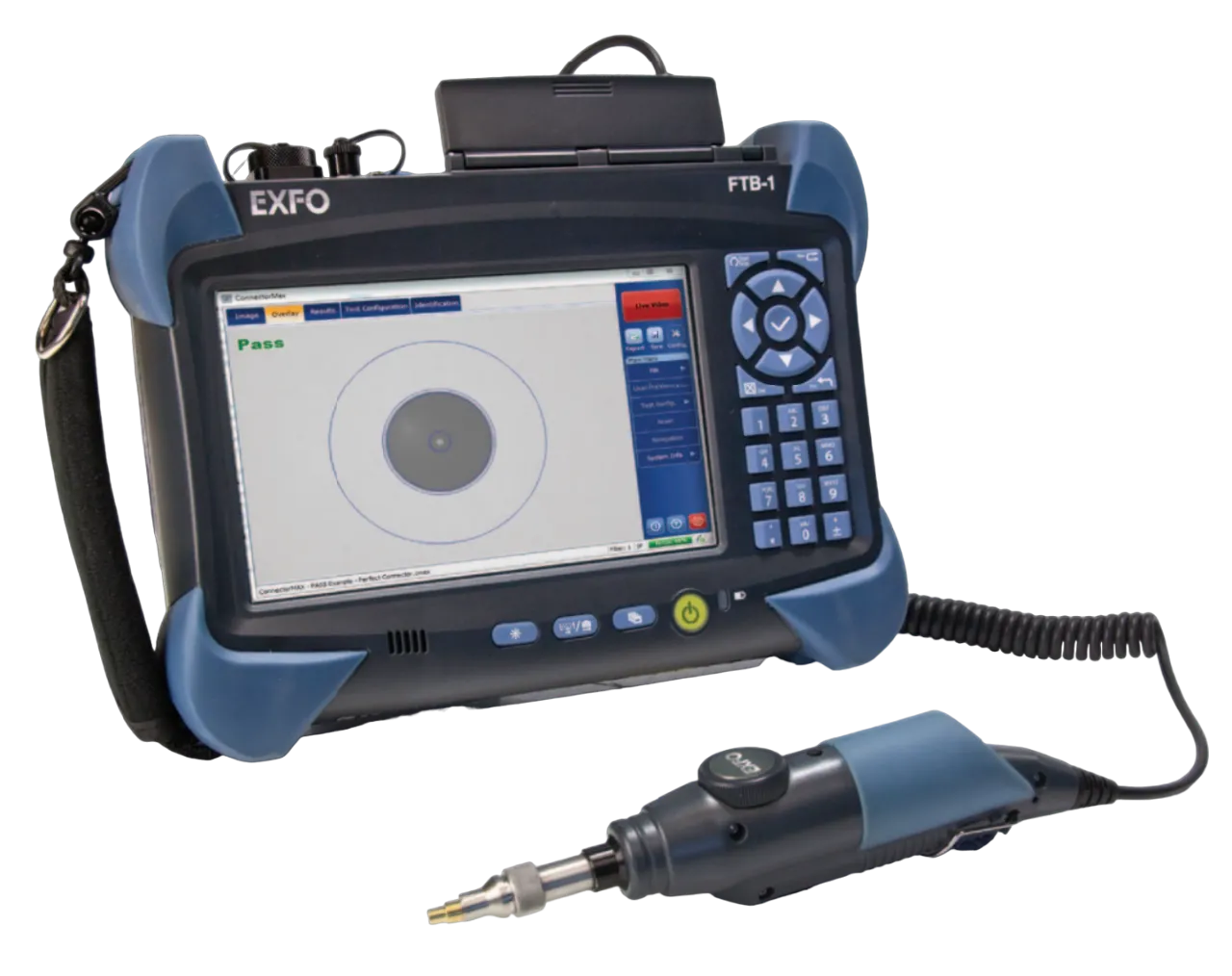 OTDR (Optical Time-Domain Reflectometer)
OTDR (Optical Time-Domain Reflectometer)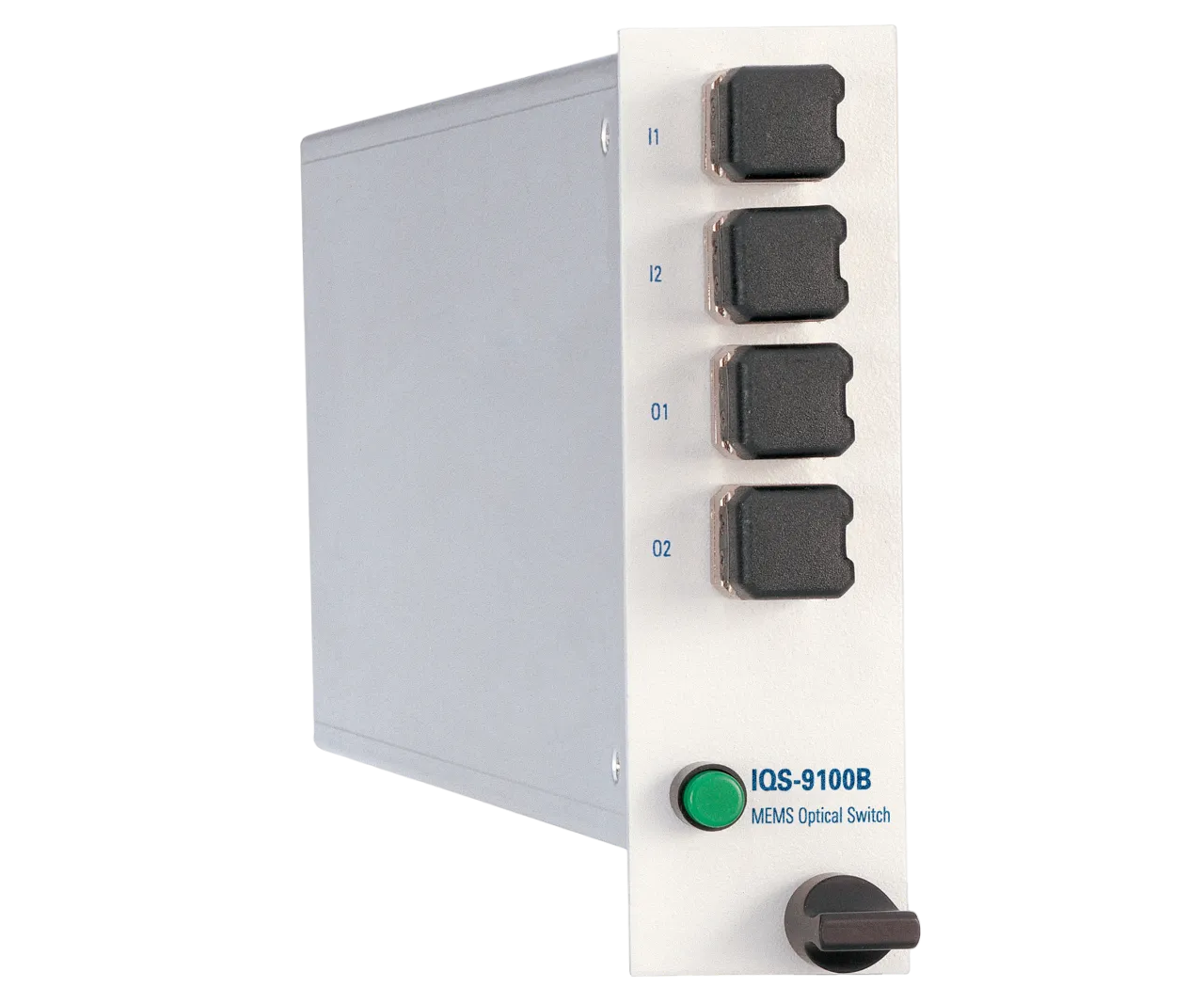 Other Optical Instruments
Other Optical Instruments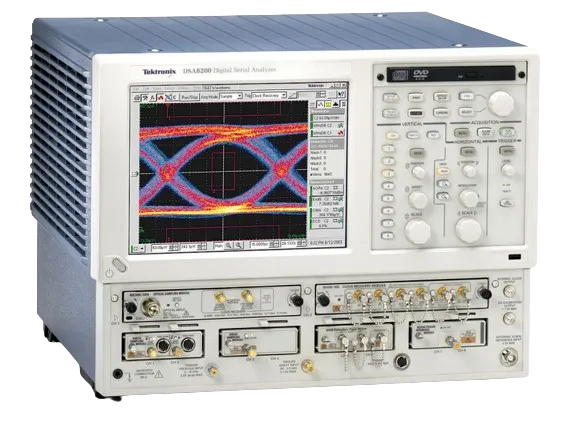 Oscilloscopes
Oscilloscopes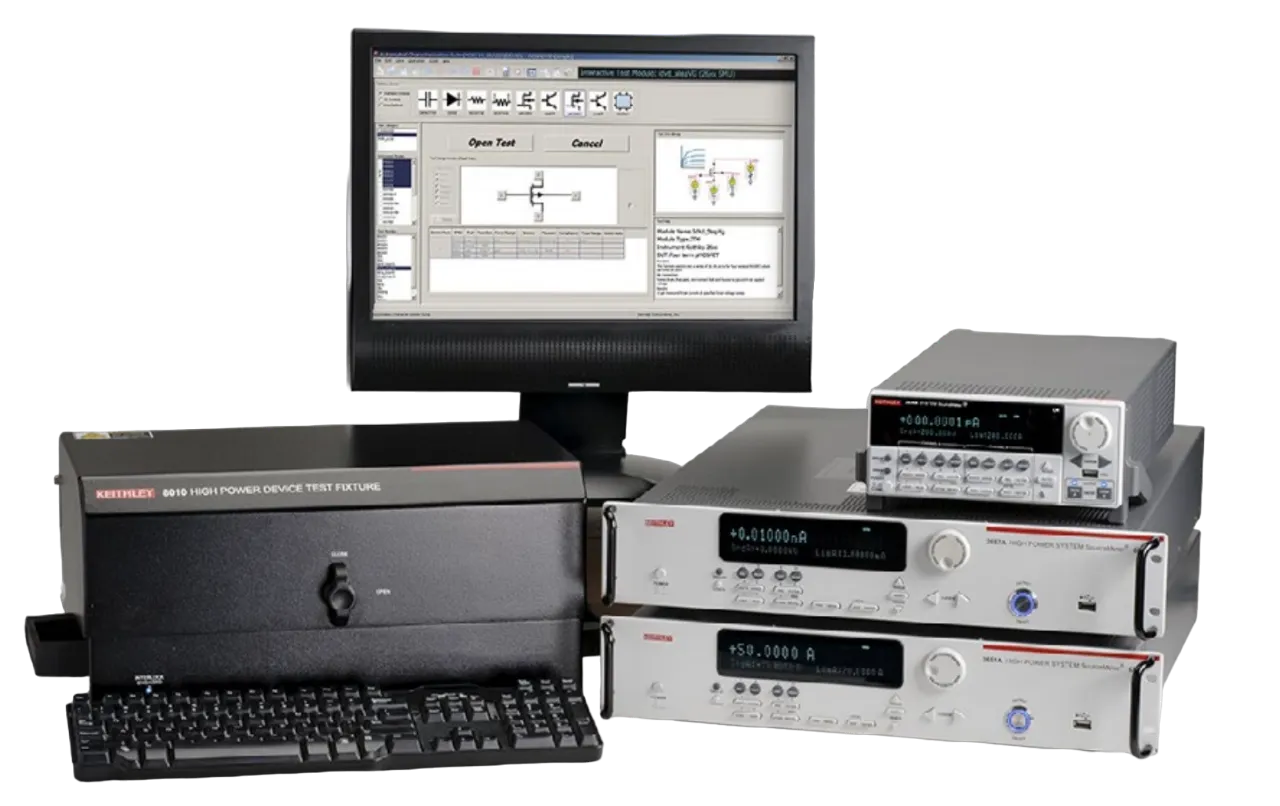 Curve Tracer
Curve Tracer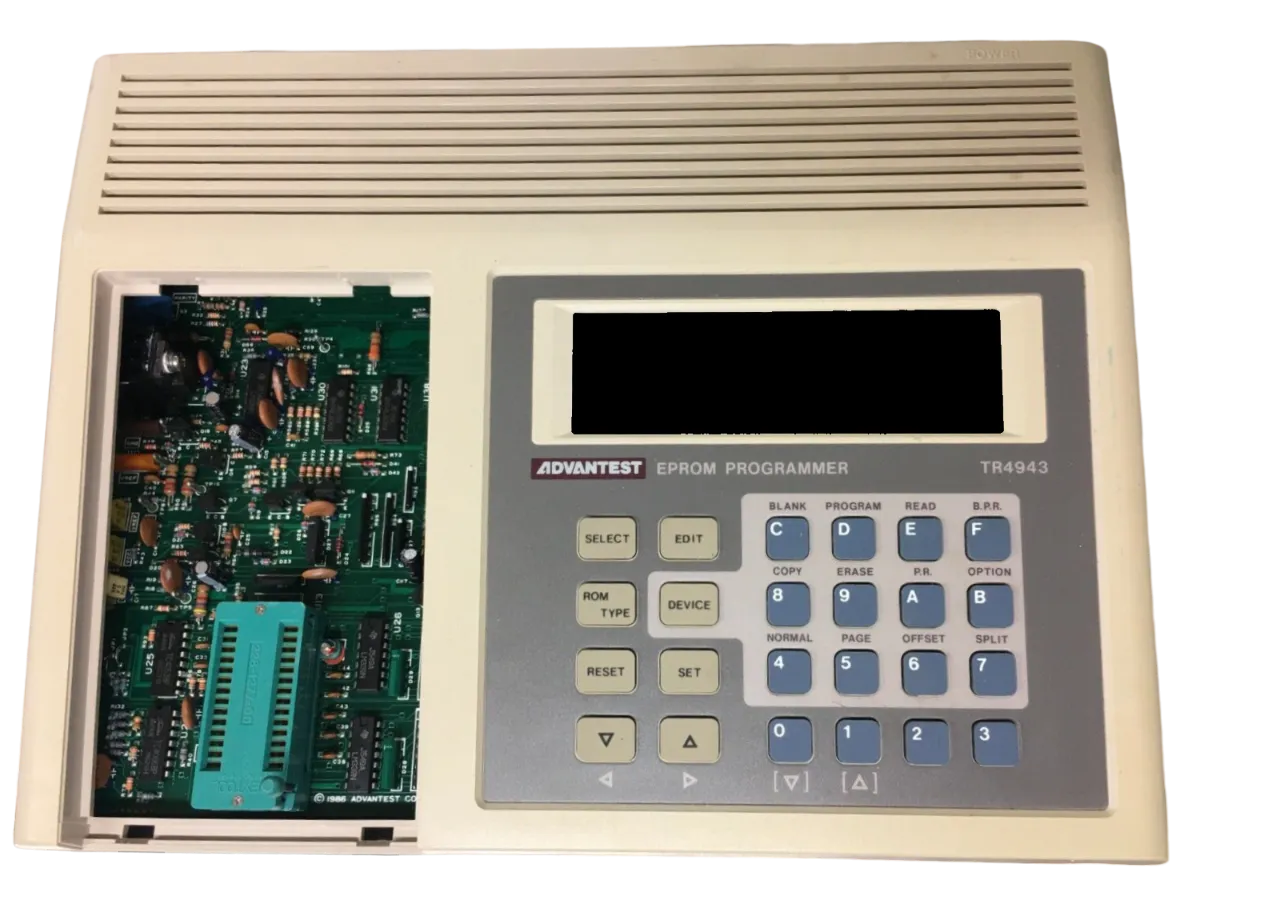 EPROM Programer
EPROM Programer Recorder
Recorder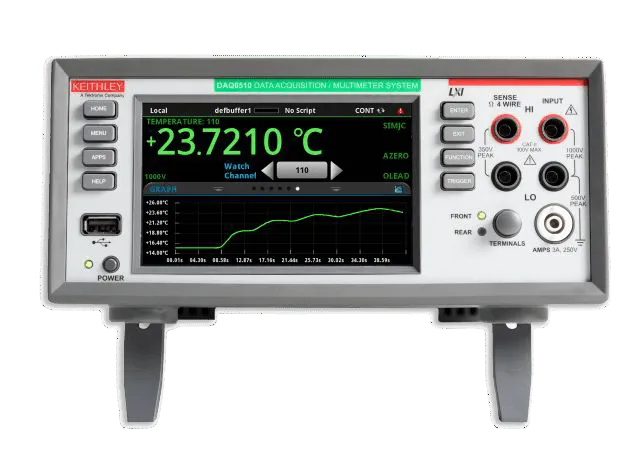 Data Acquisition System
Data Acquisition System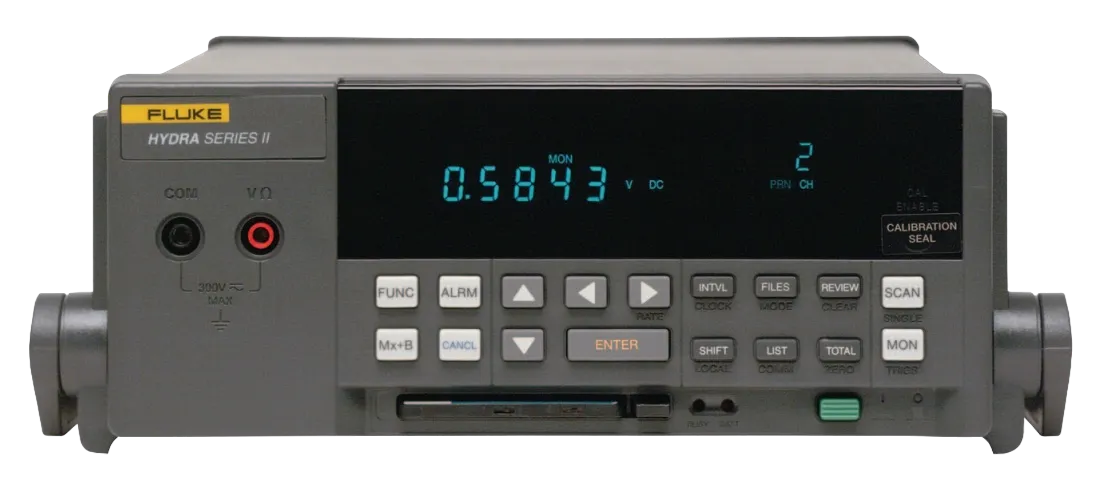 Data Logger
Data Logger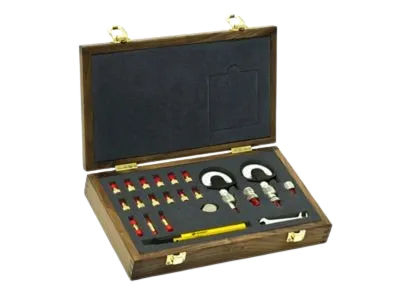 Calibration Kit
Calibration Kit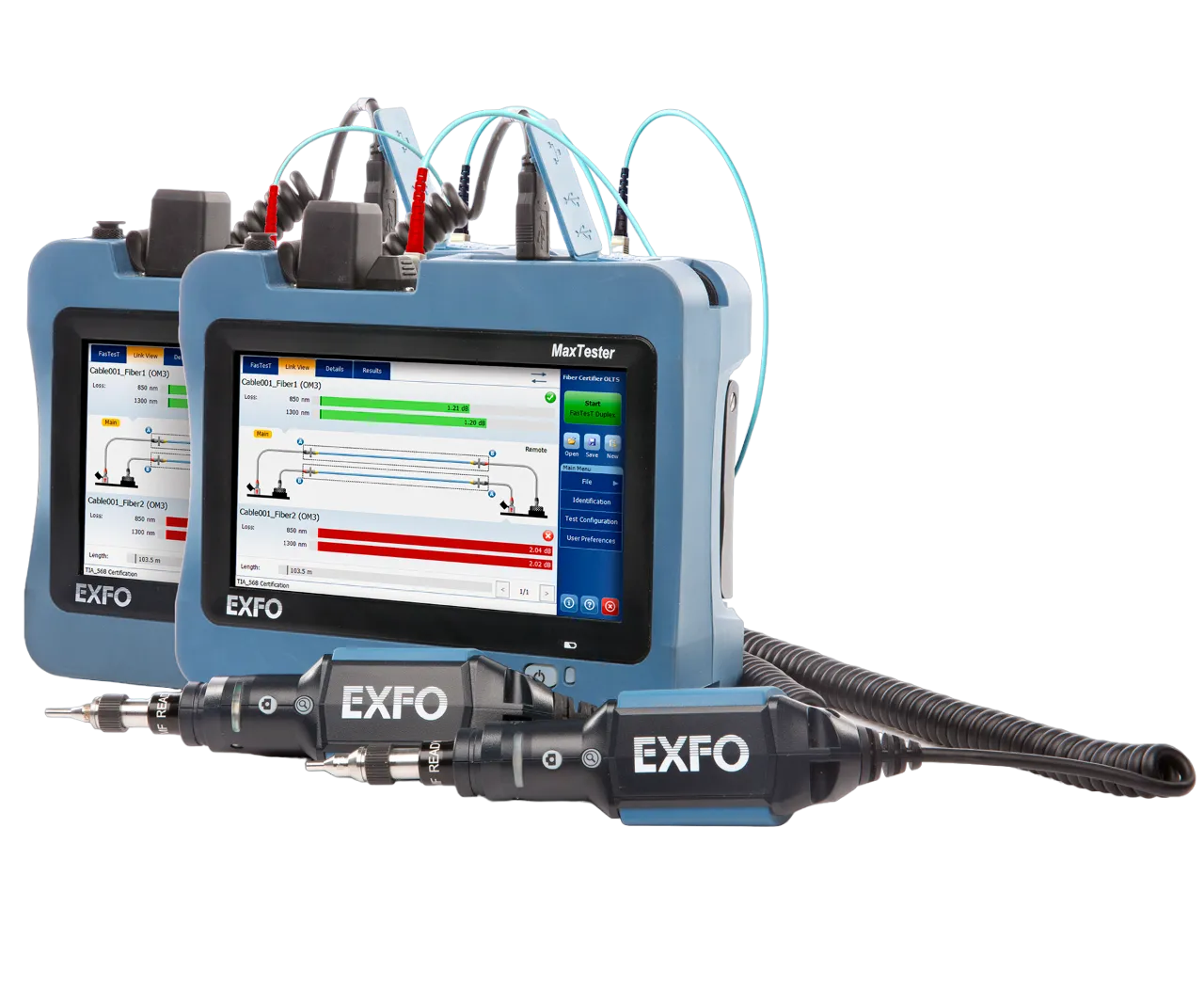 Test Set
Test Set Test Chamber / Ovens
Test Chamber / Ovens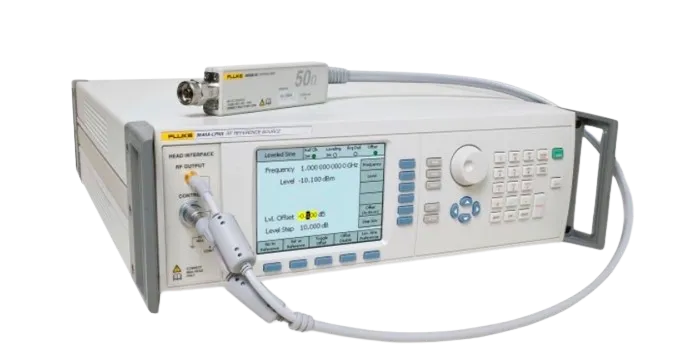 Calibrator
Calibrator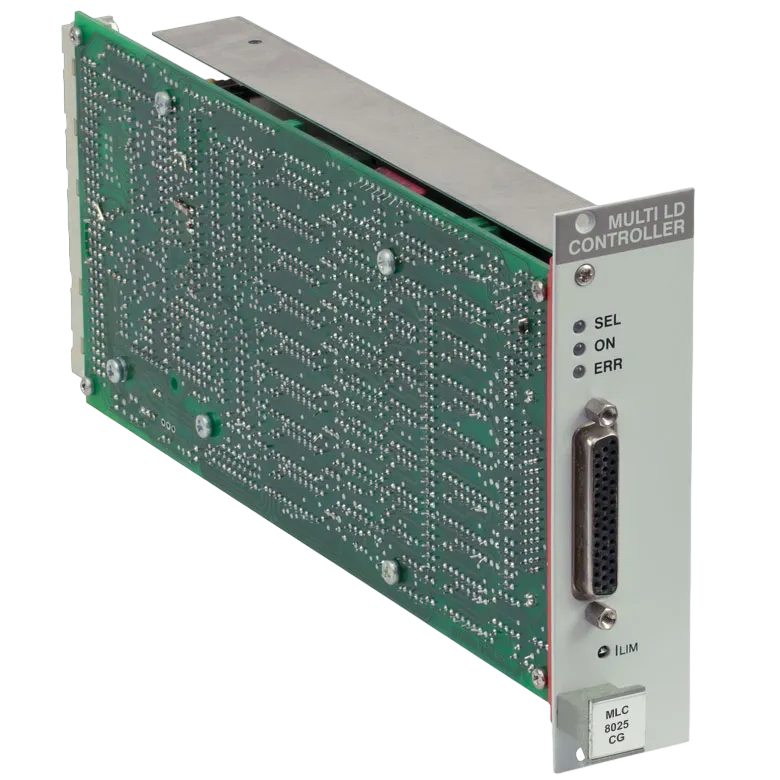 Controller
Controller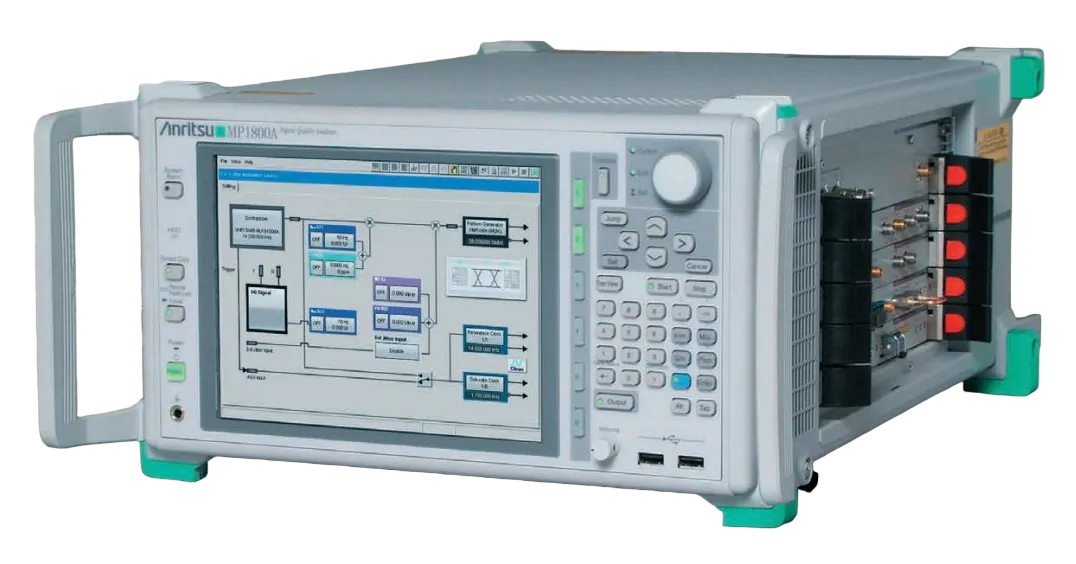 Mainframe
Mainframe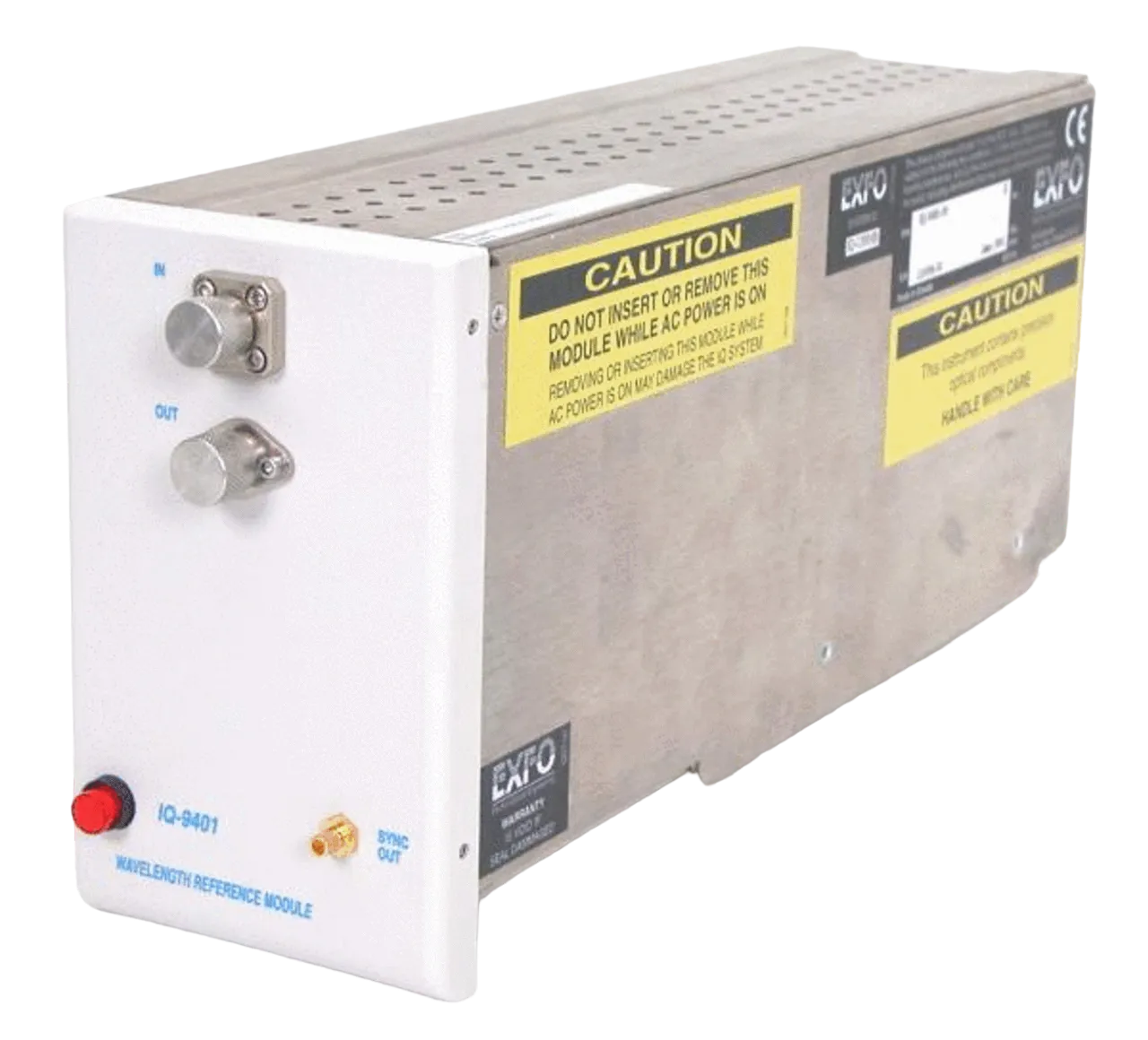 Module
Module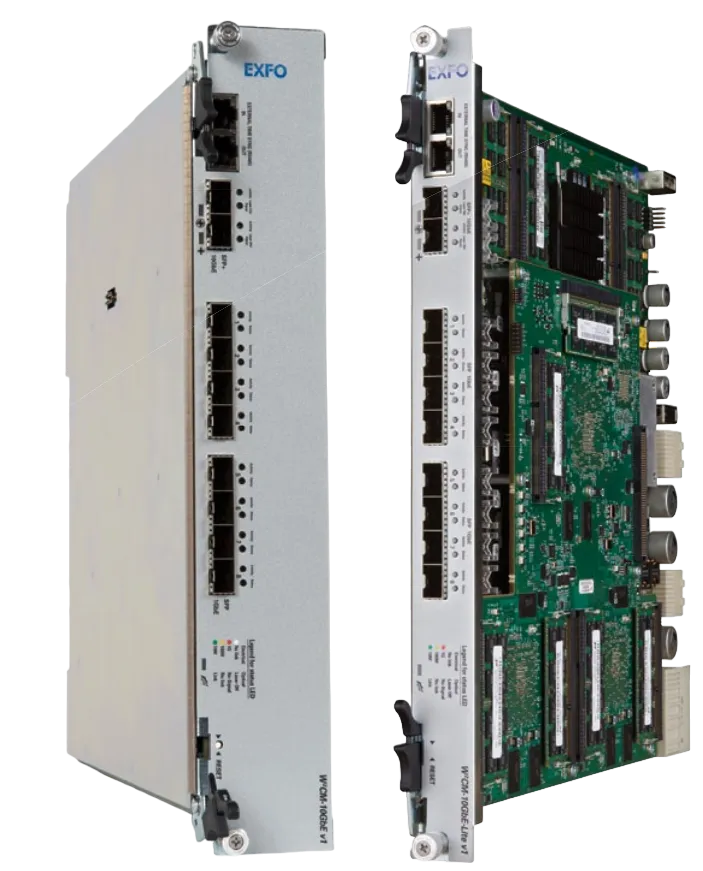 Interfaces(GPIB, Power)
Interfaces(GPIB, Power)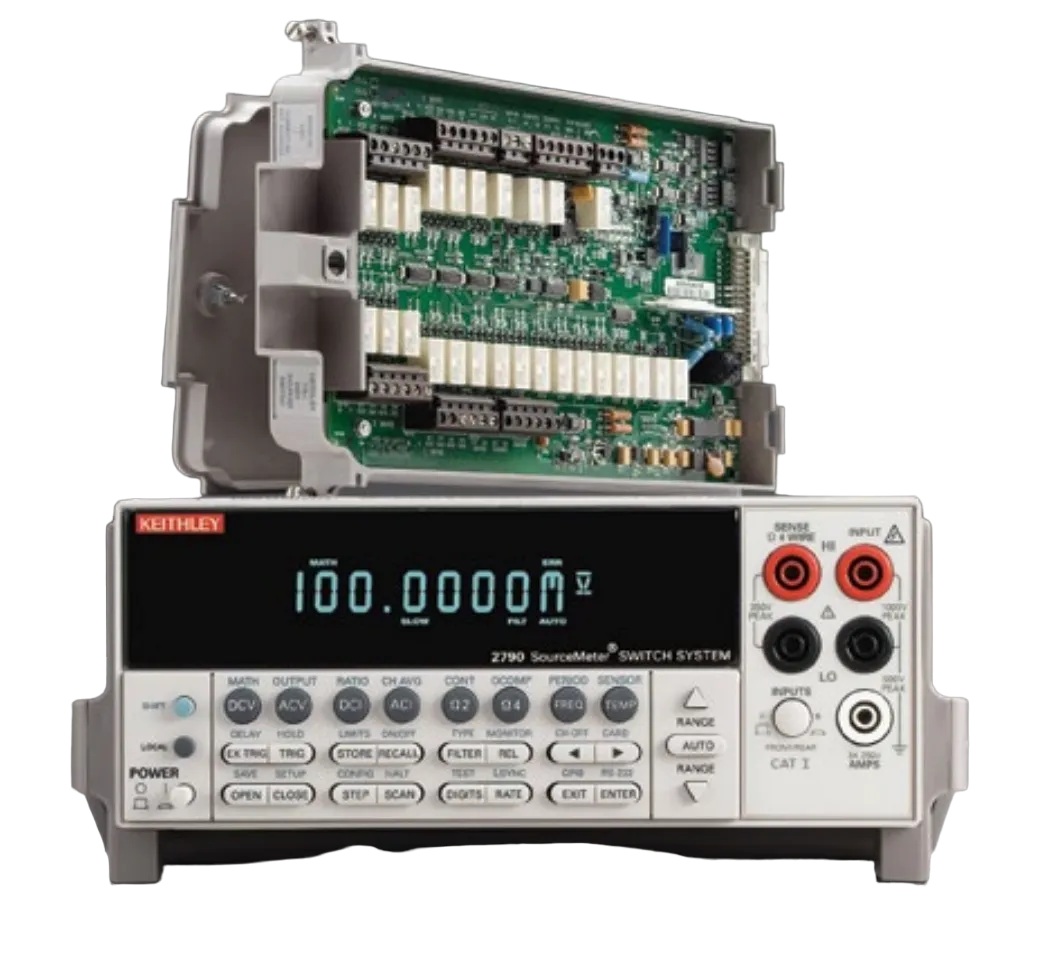 Switch
Switch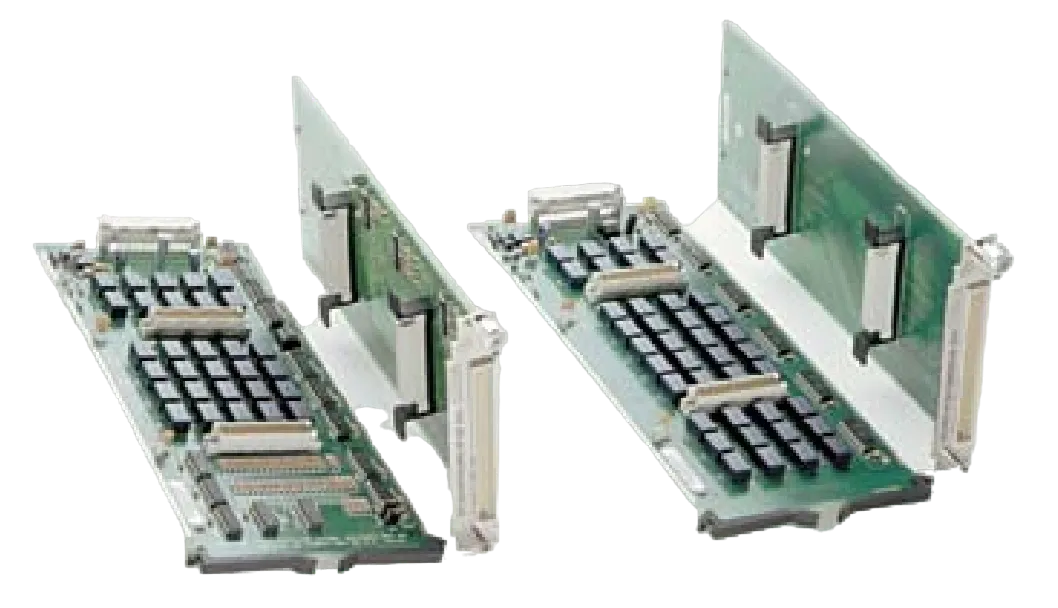 Matrix Cards
Matrix Cards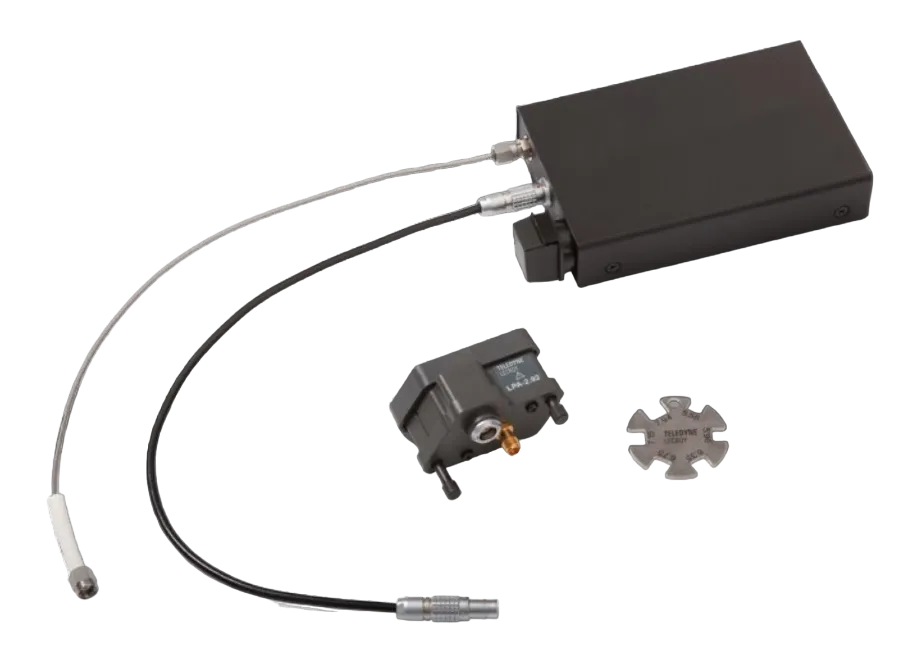 Converter
Converter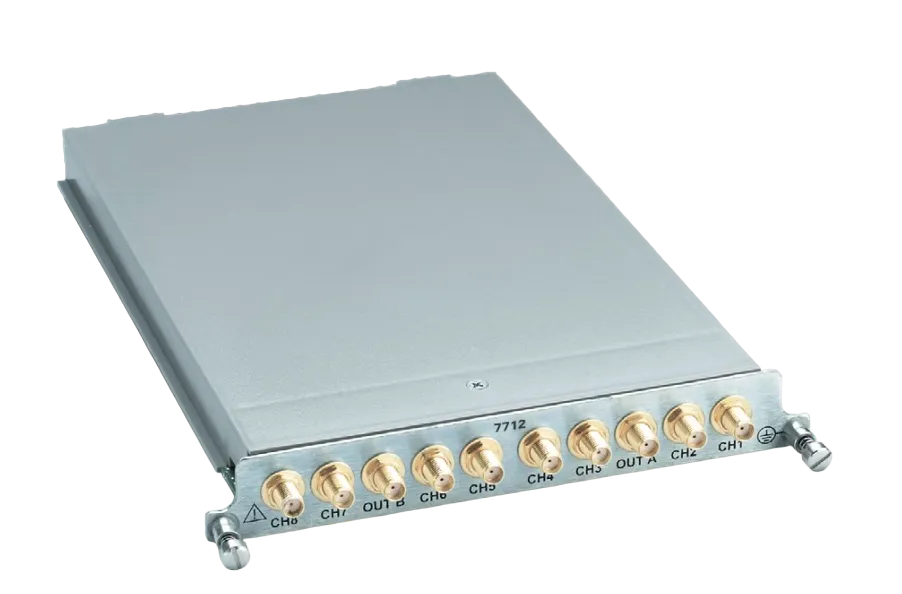 Multiplexer
Multiplexer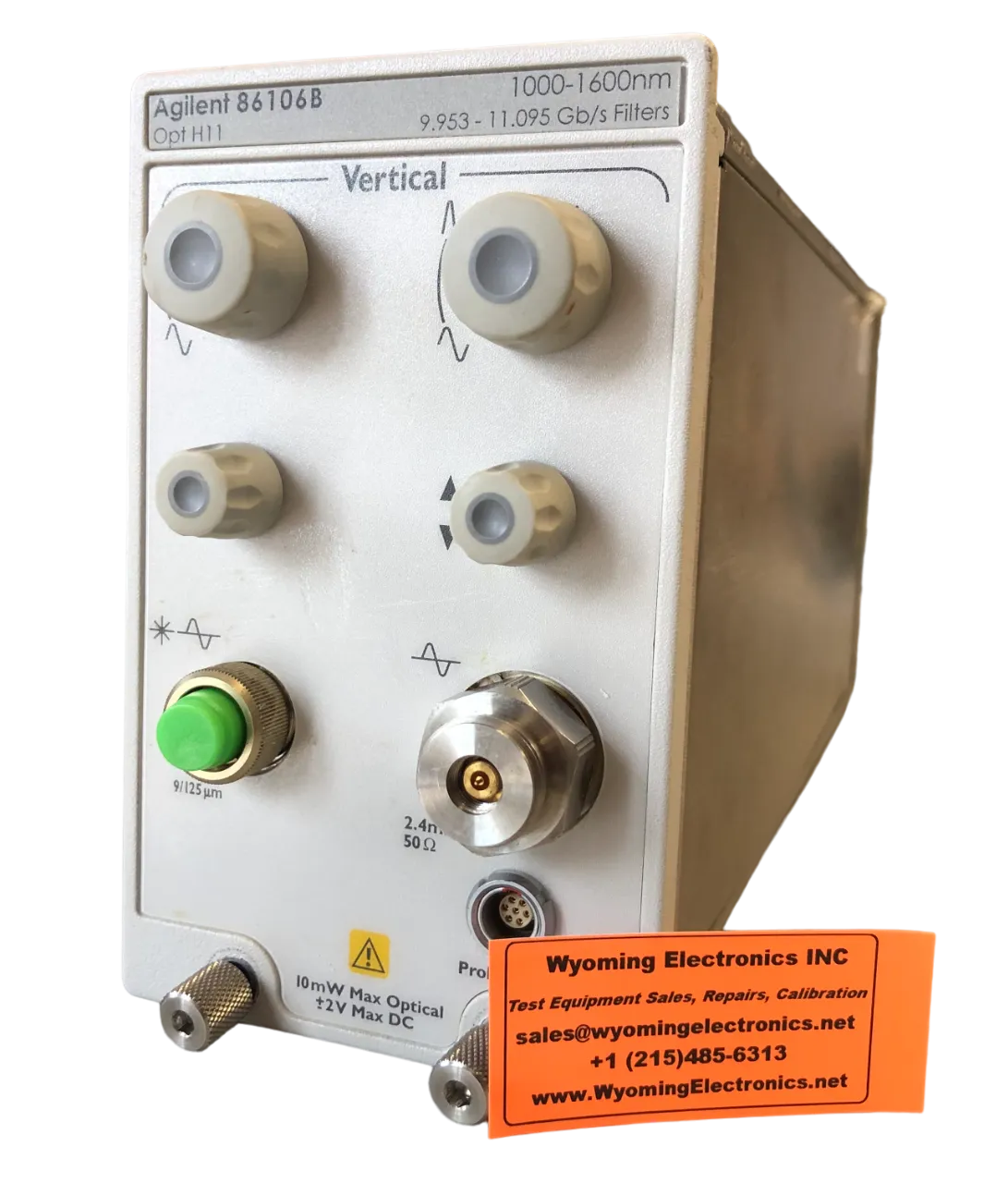 Plug-in
Plug-in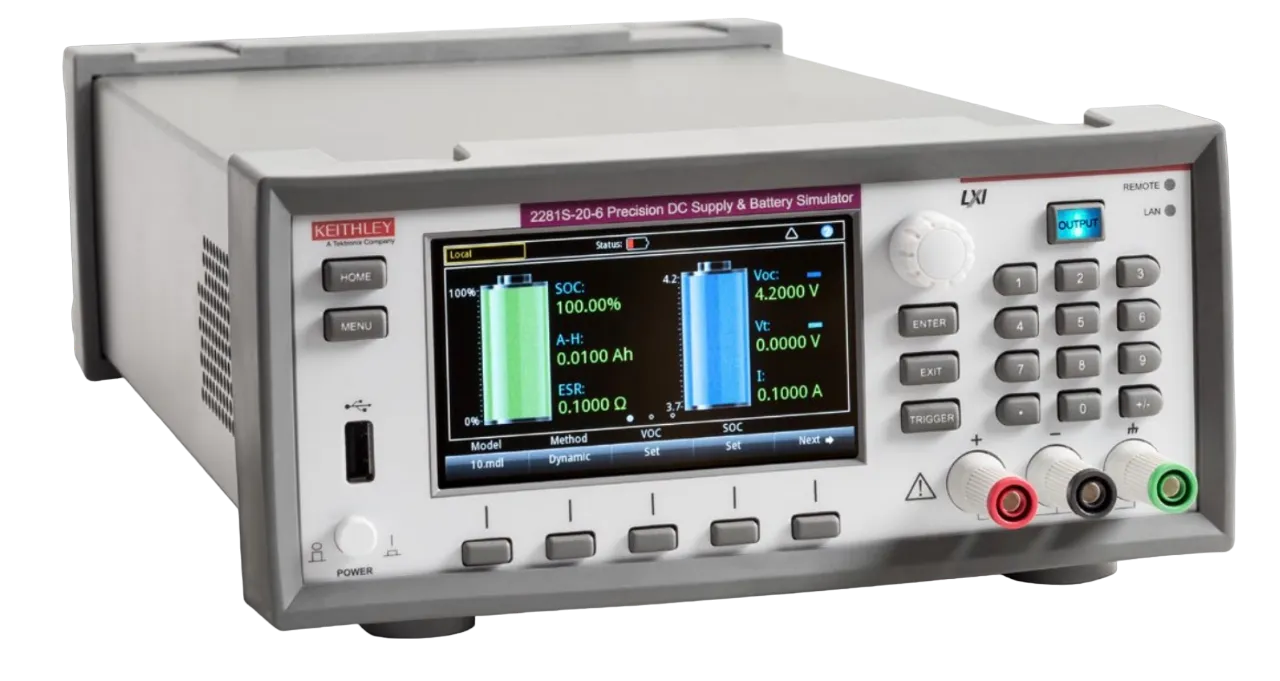 Simulator
Simulator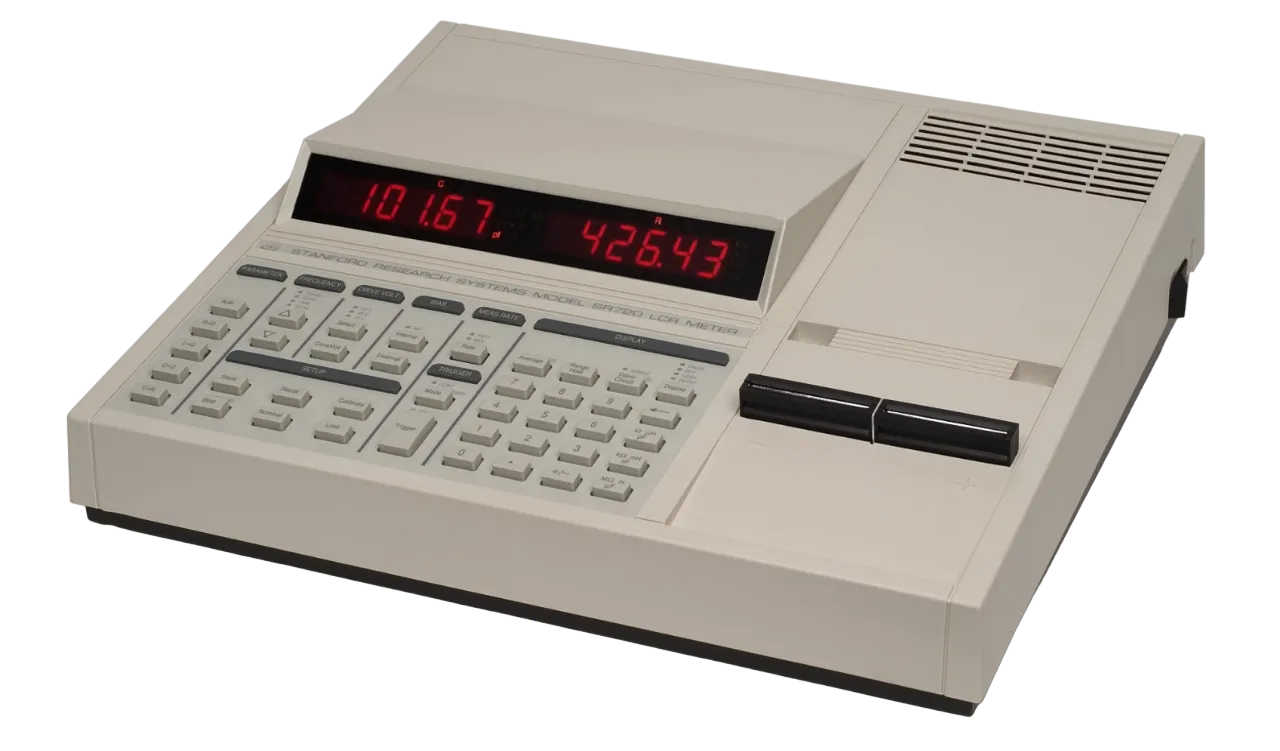 LCR Meters
LCR Meters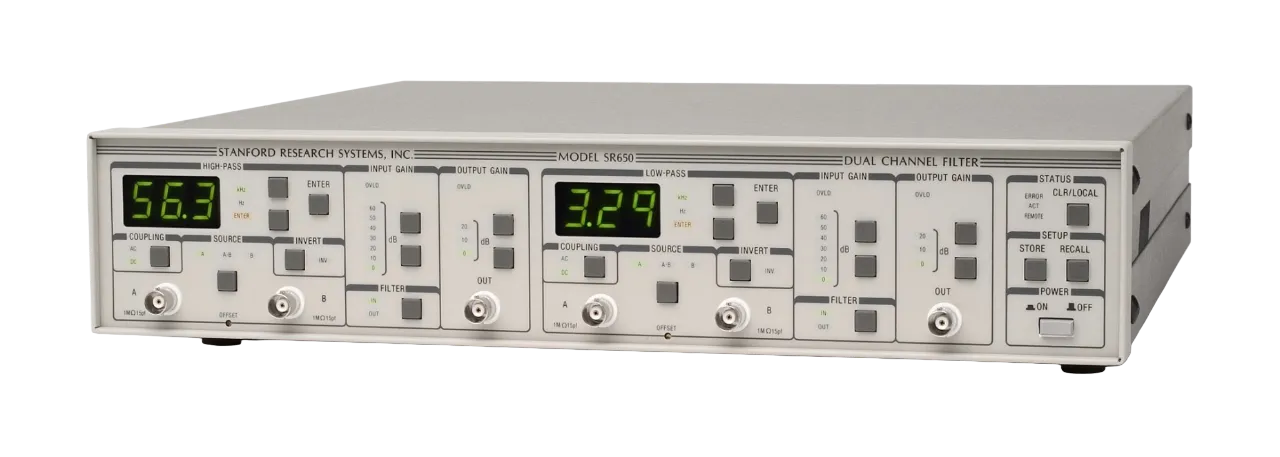 Filters
Filters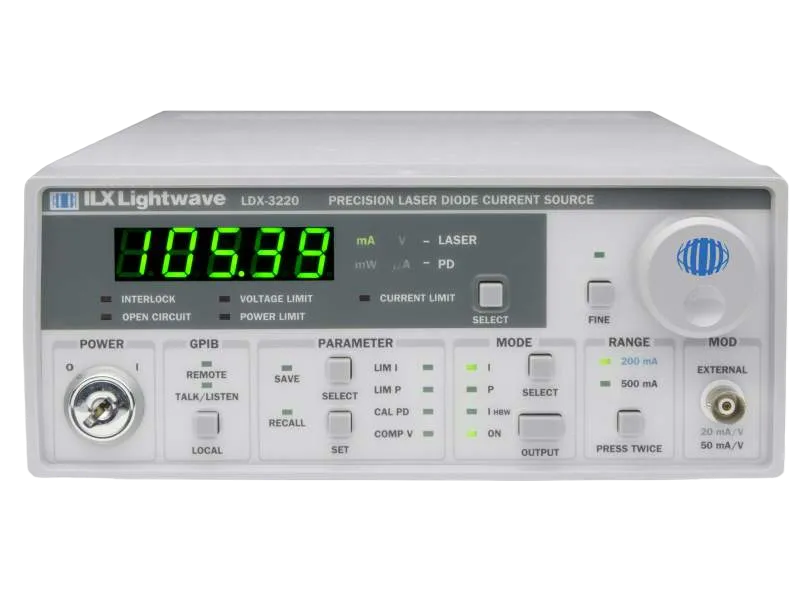 Laser Drivers
Laser Drivers Error Detectors
Error Detectors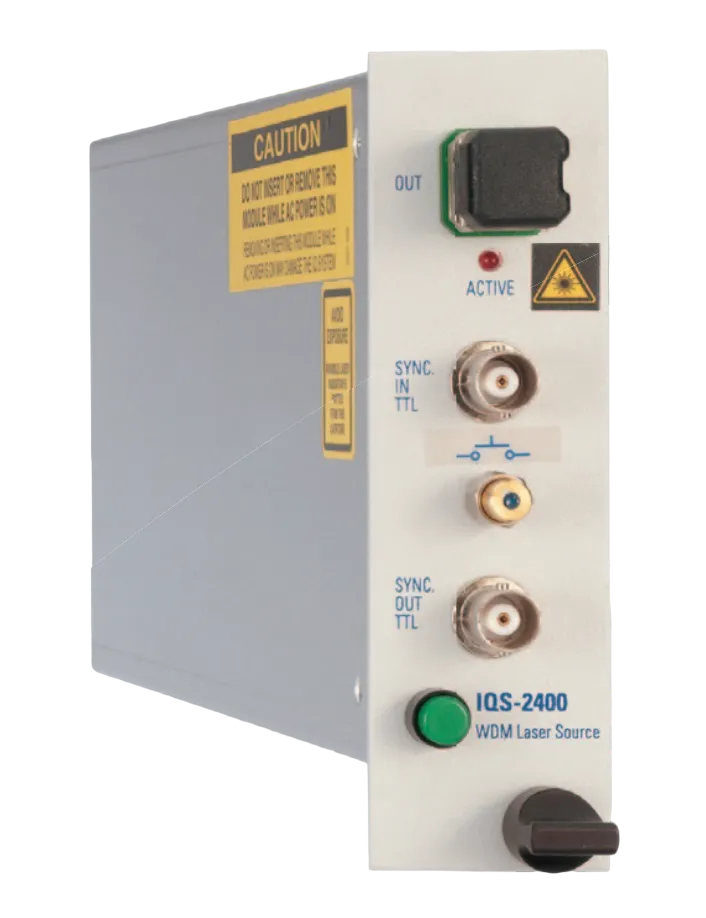 Laser Source
Laser Source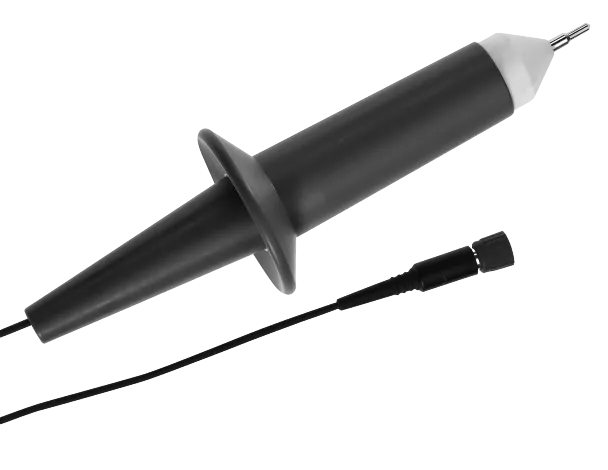 Probe
Probe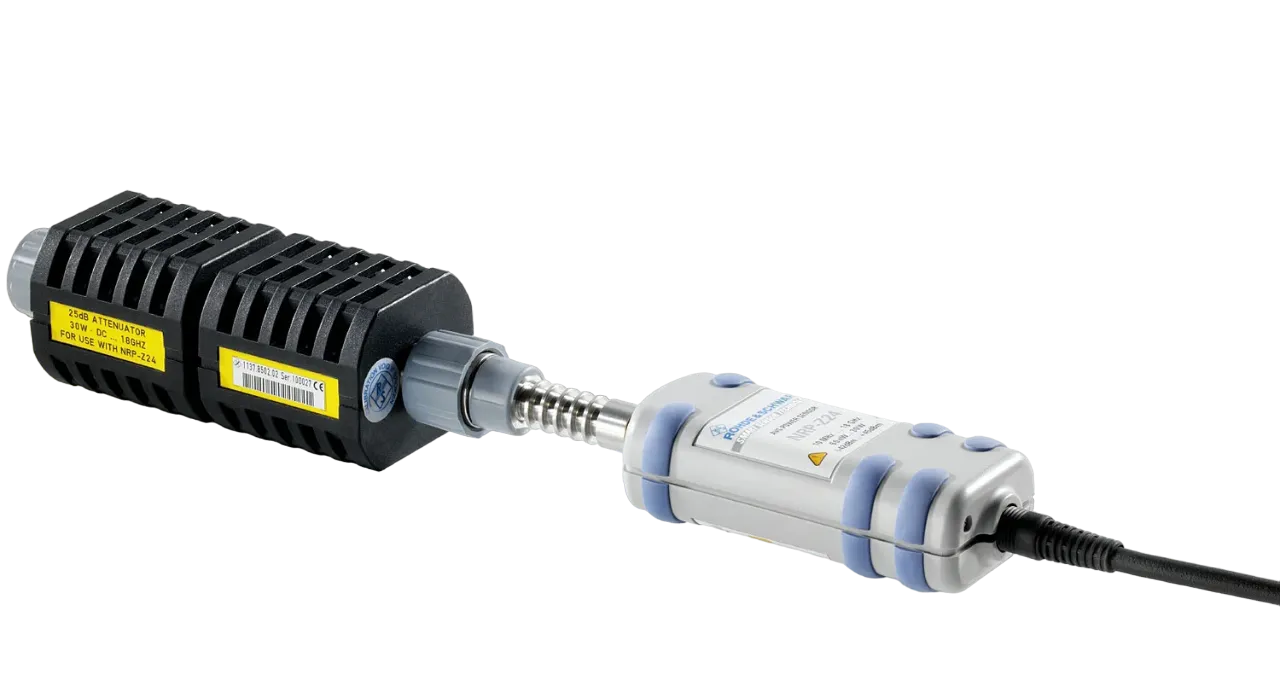 Power Sensor
Power Sensor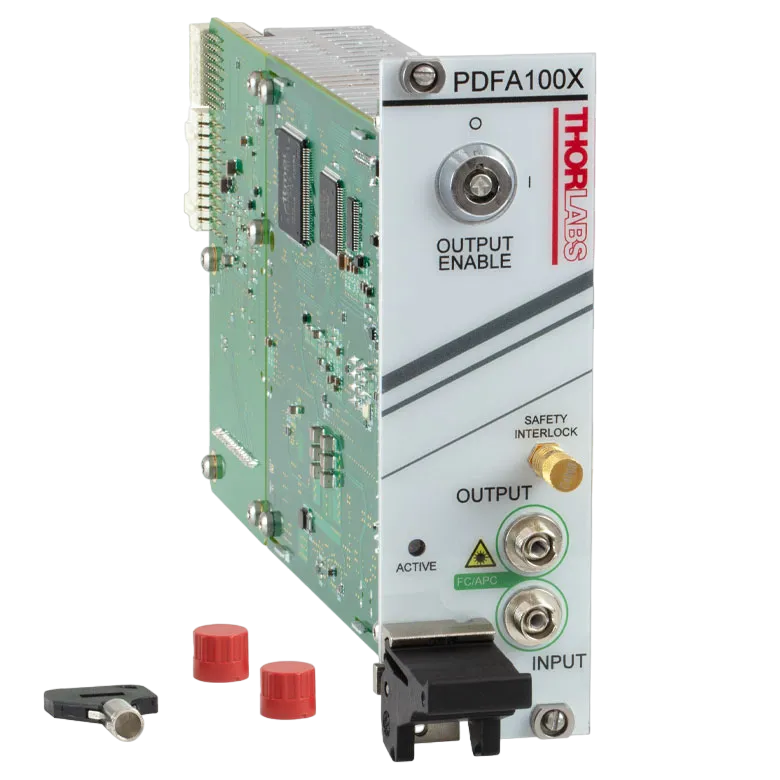 Amplifier
Amplifier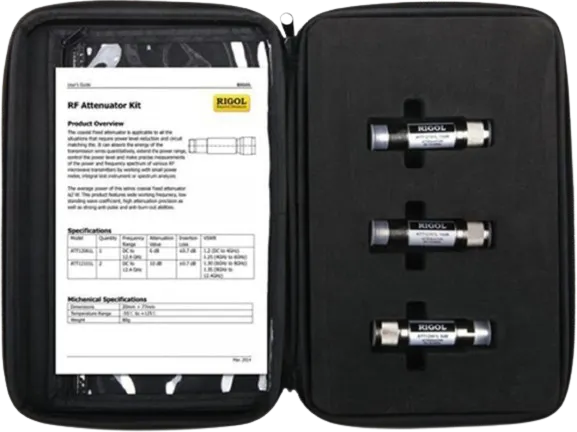 Attenuator
Attenuator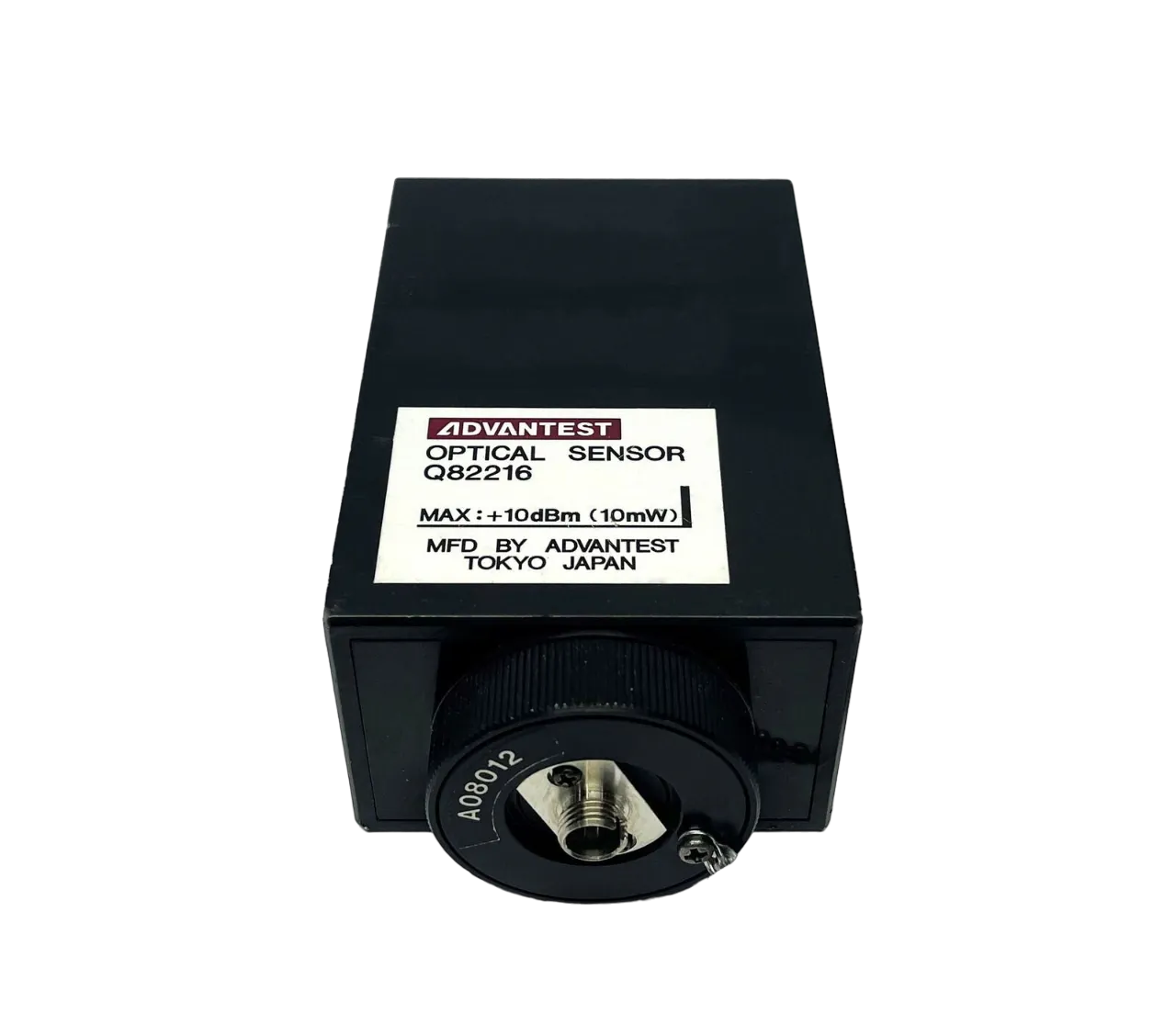 Optical Sensor
Optical Sensor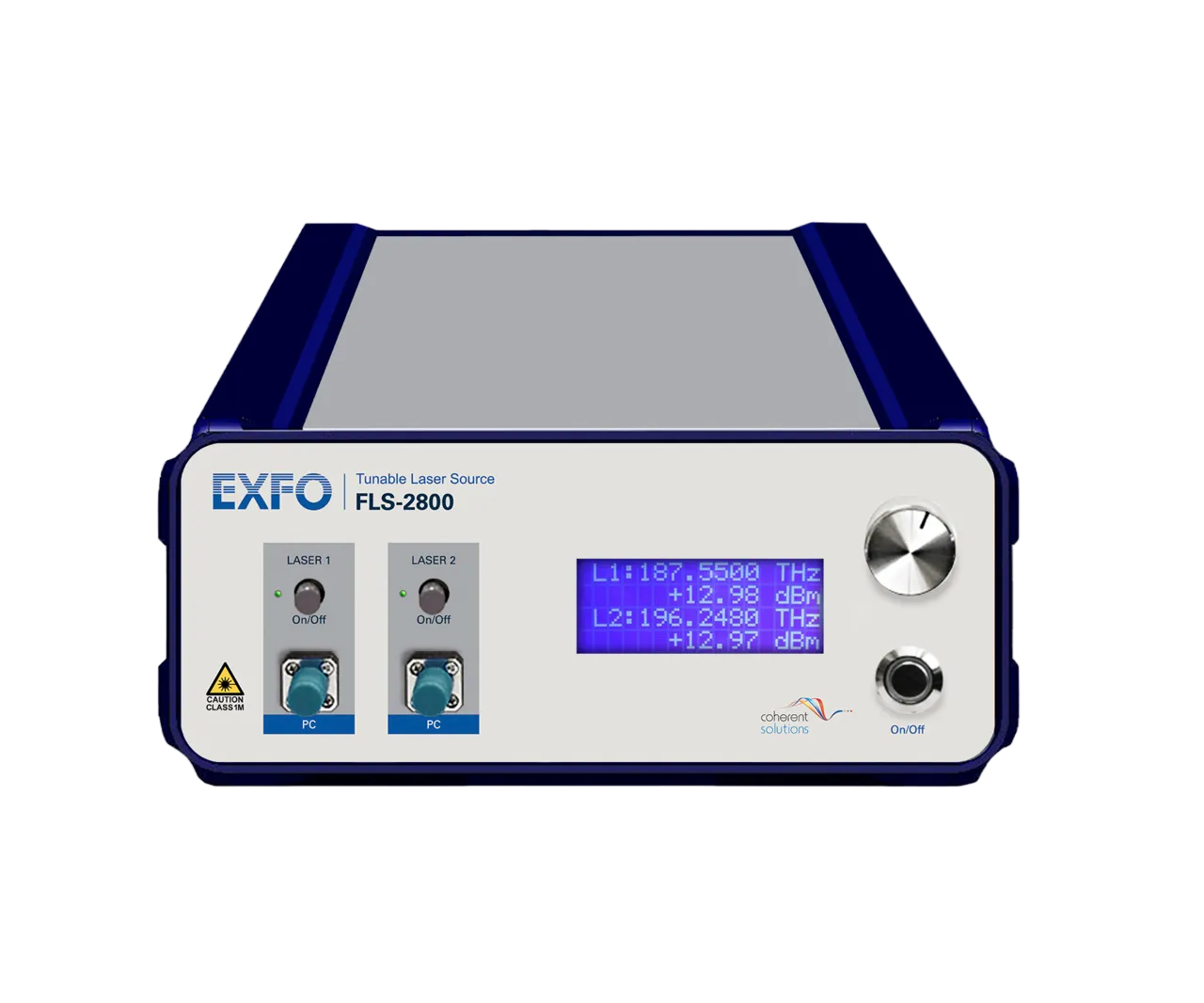 Light/LED Source
Light/LED Source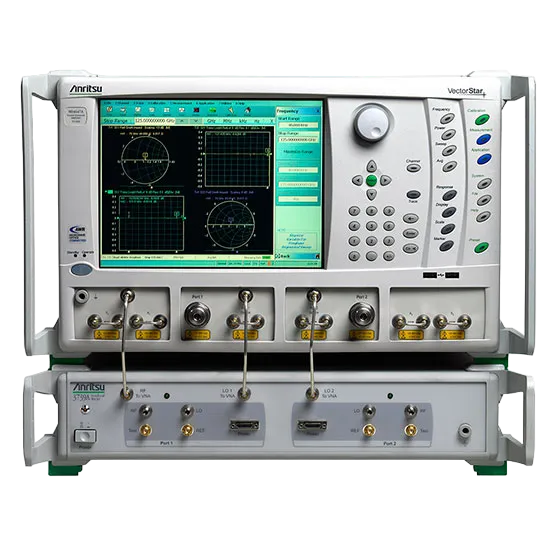 Broadband / Noise Source
Broadband / Noise Source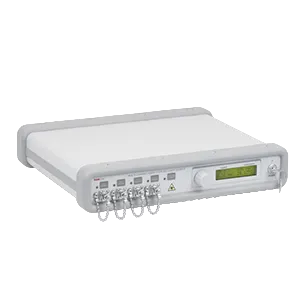 Optical / Fiber Source
Optical / Fiber Source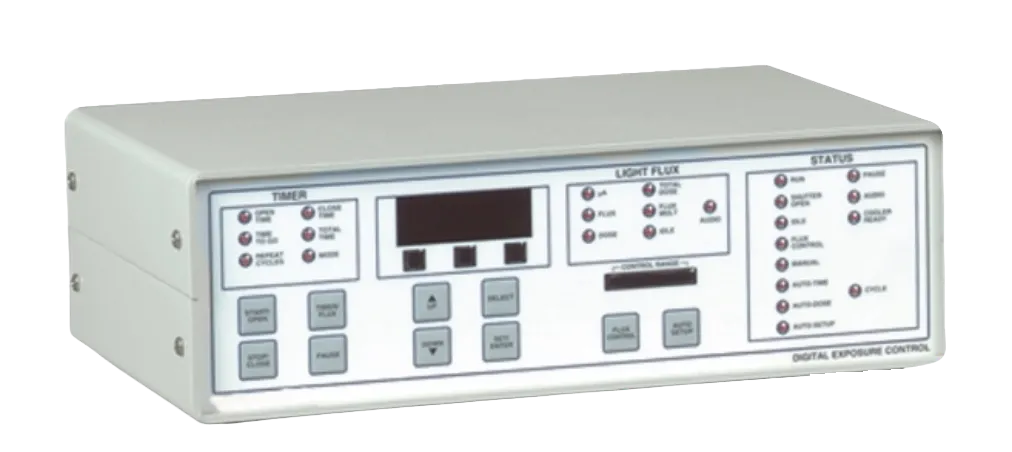 Power Supply
Power Supply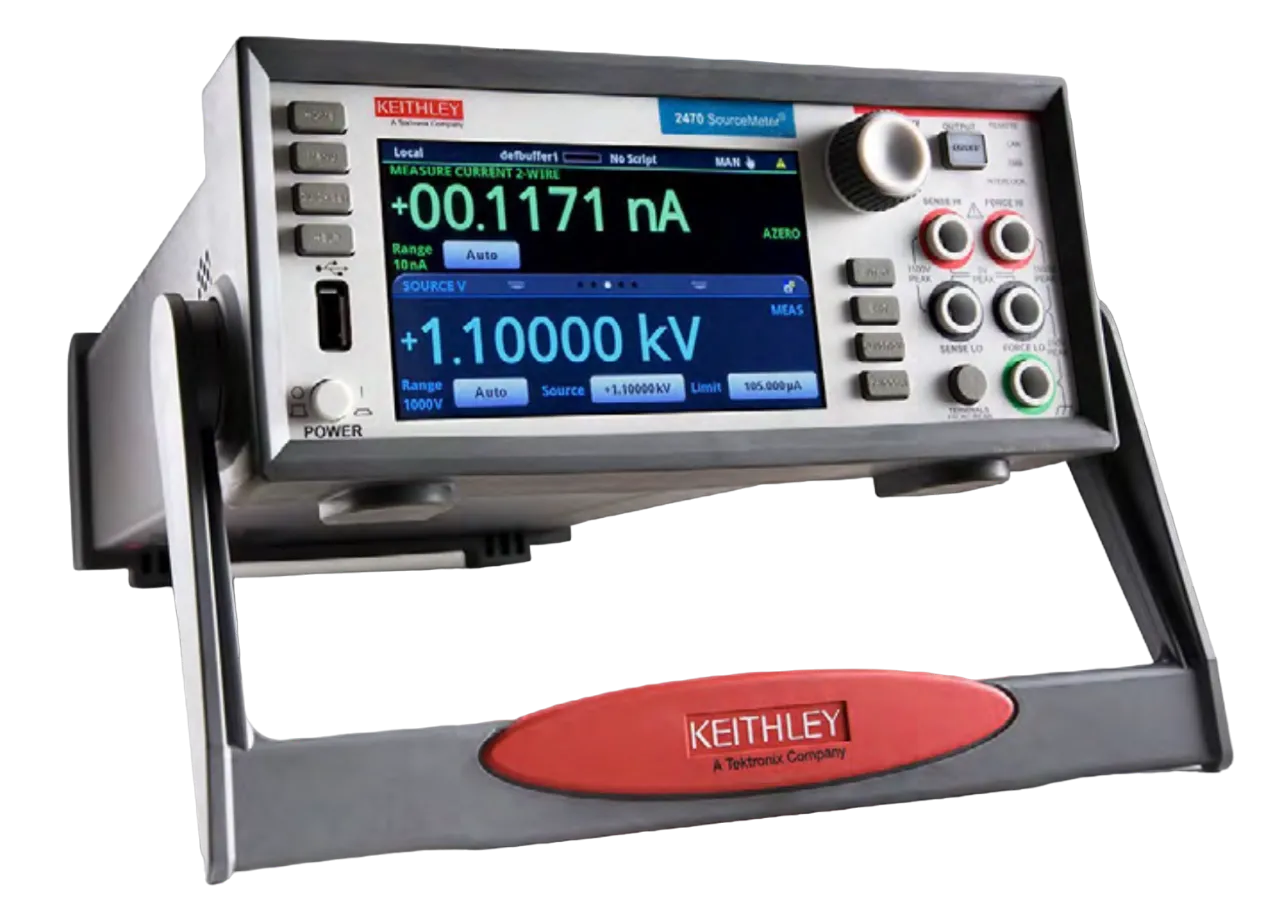 Voltage Source
Voltage Source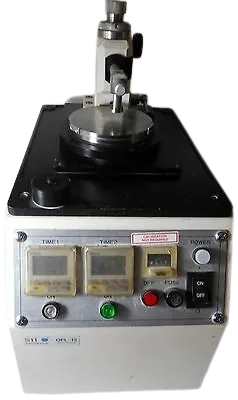 Polisher
Polisher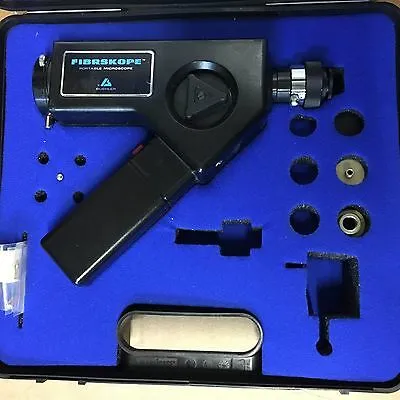 Microscope
Microscope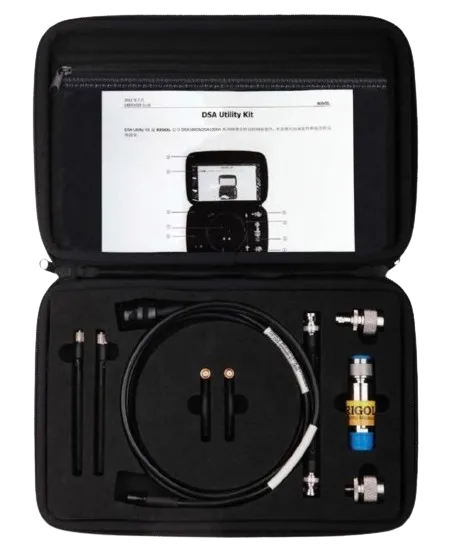 Adapter
Adapter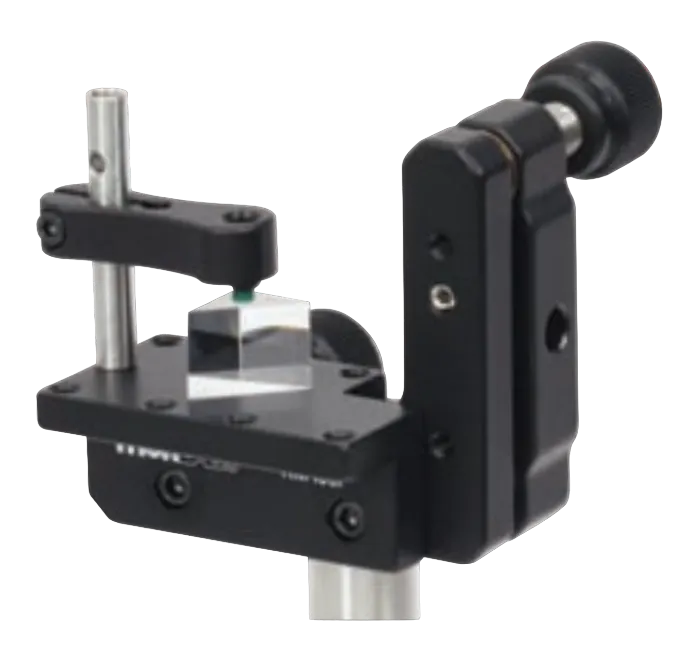 Platforms/Mounts
Platforms/Mounts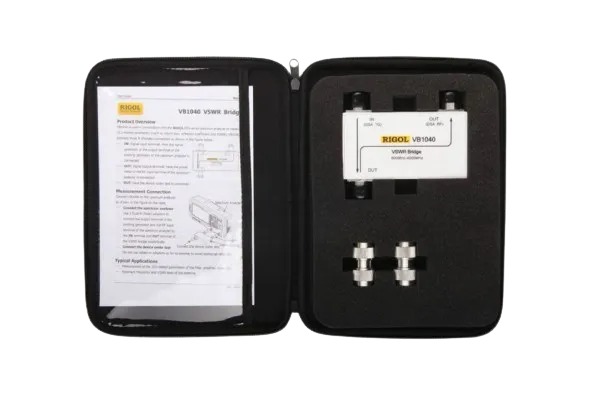 Bridges
Bridges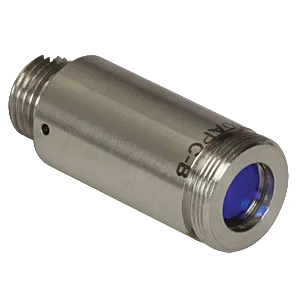 Connectors & Accessories
Connectors & Accessories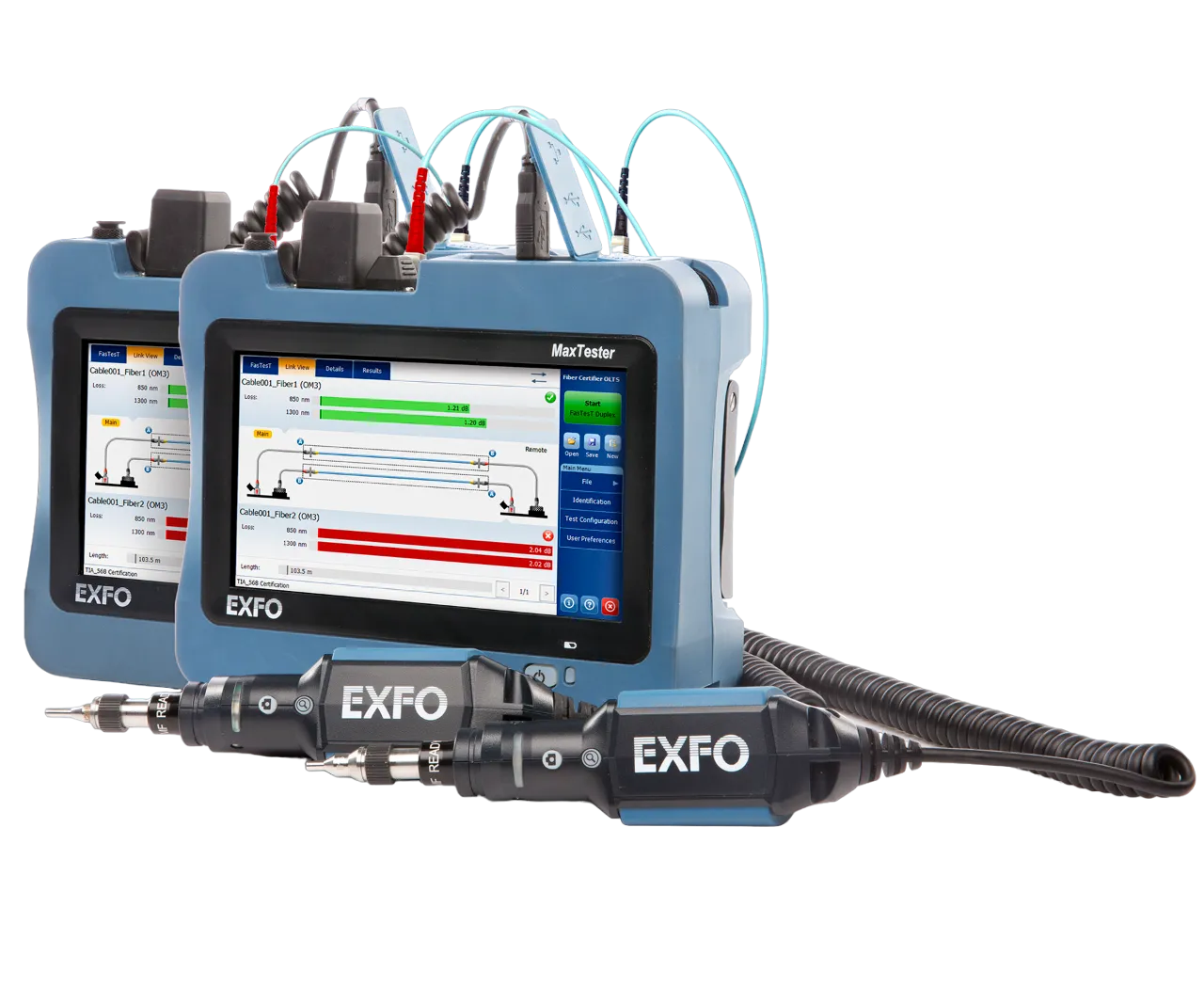 View All Products >
View All Products >